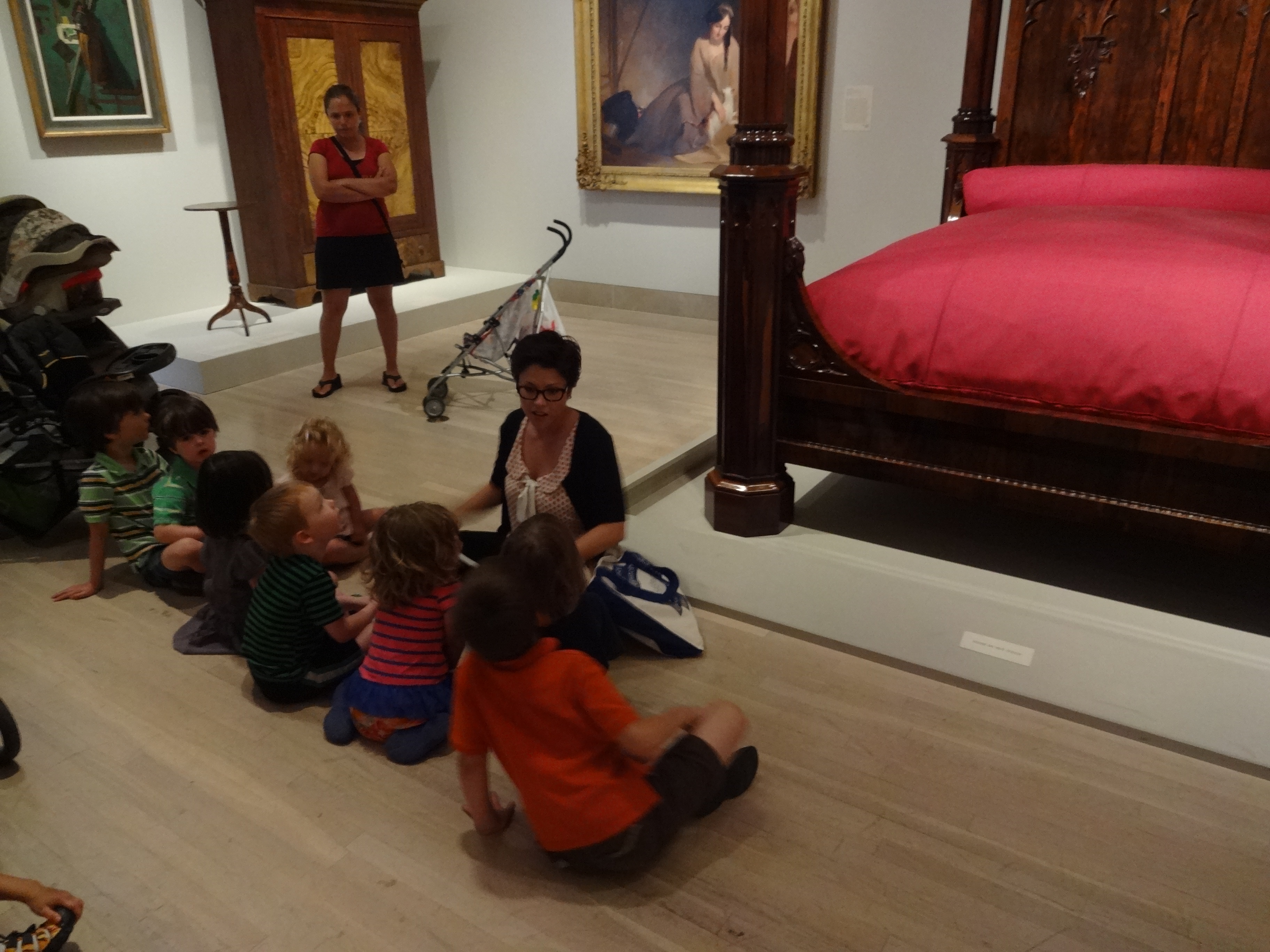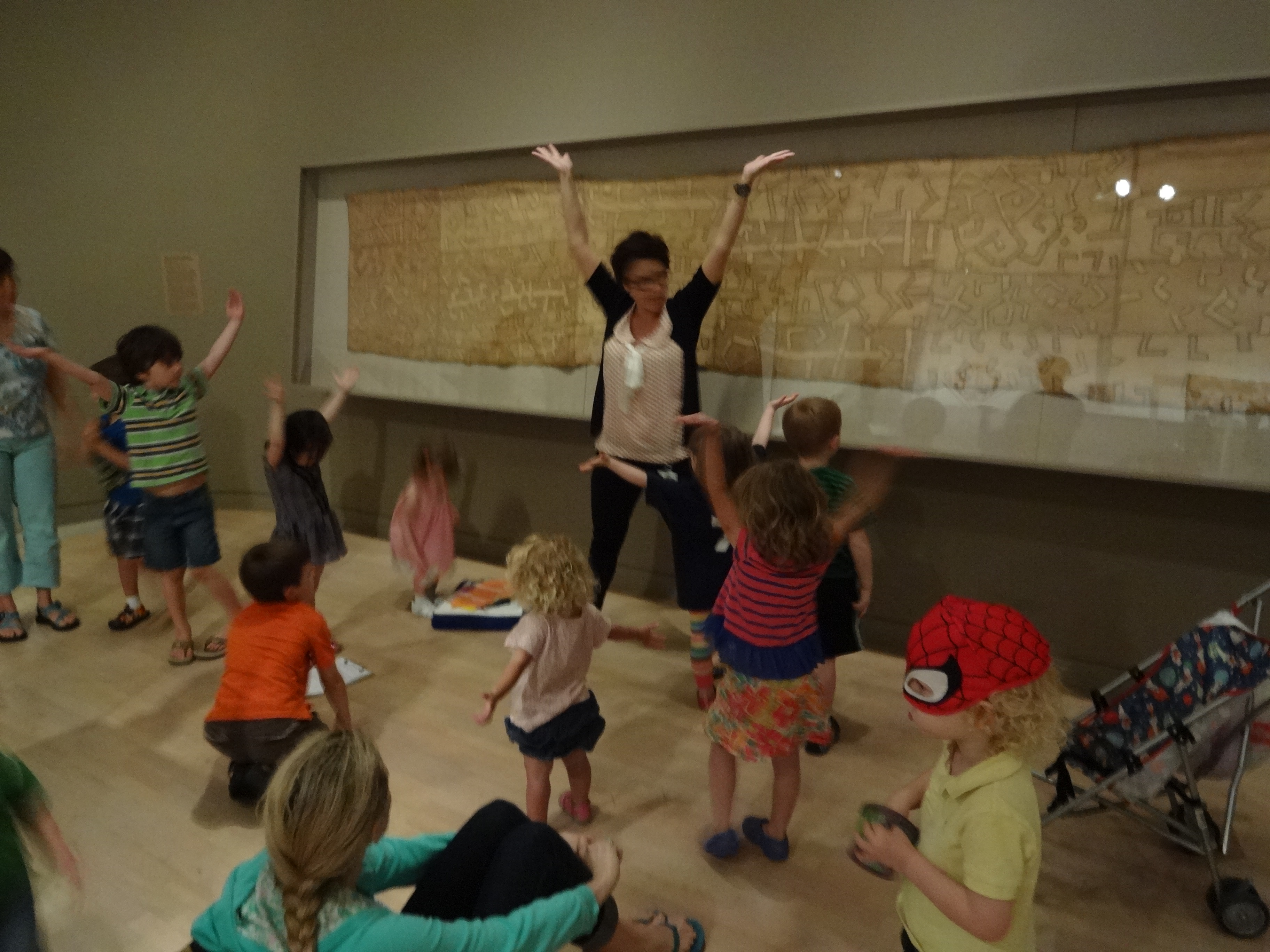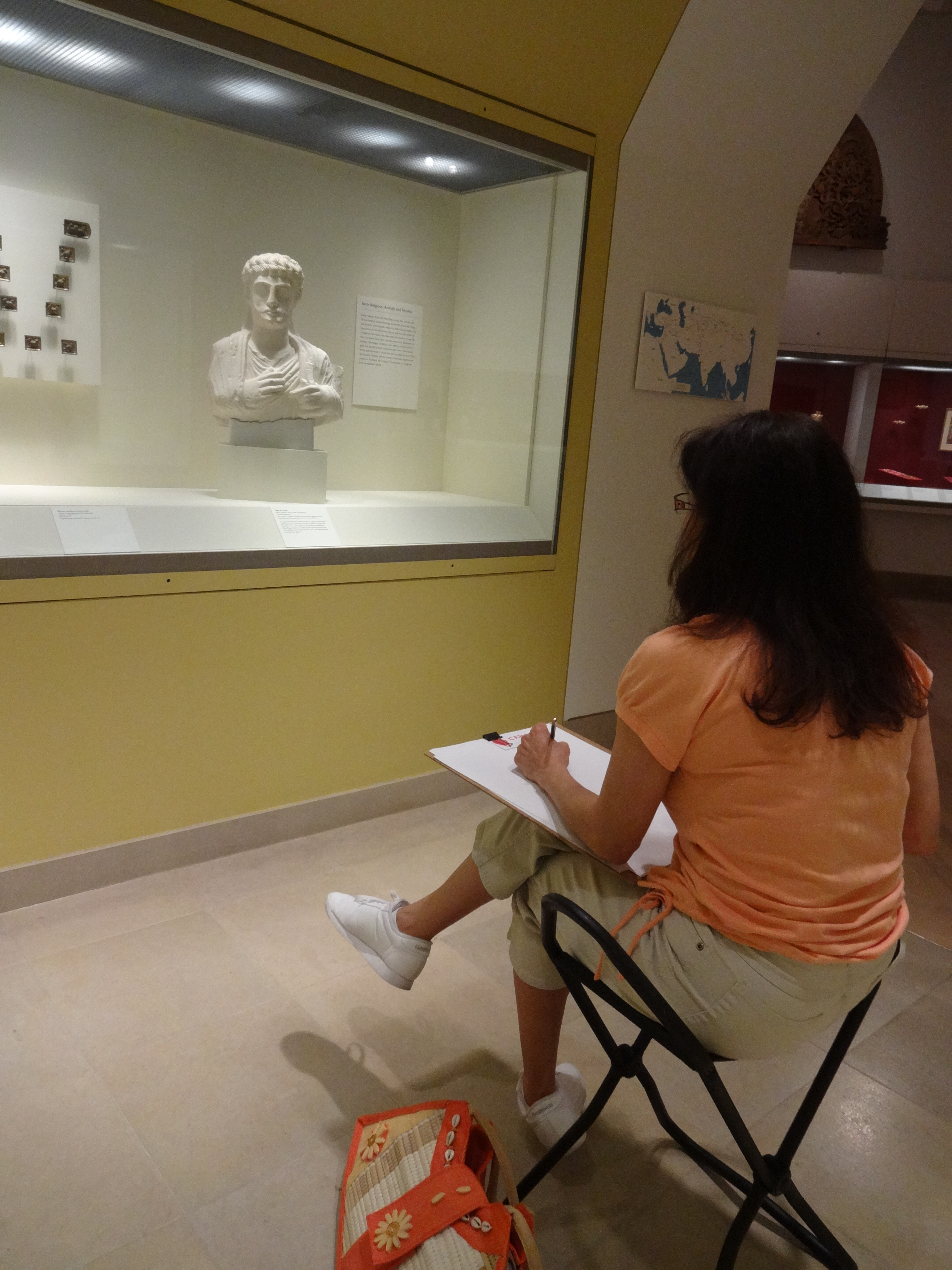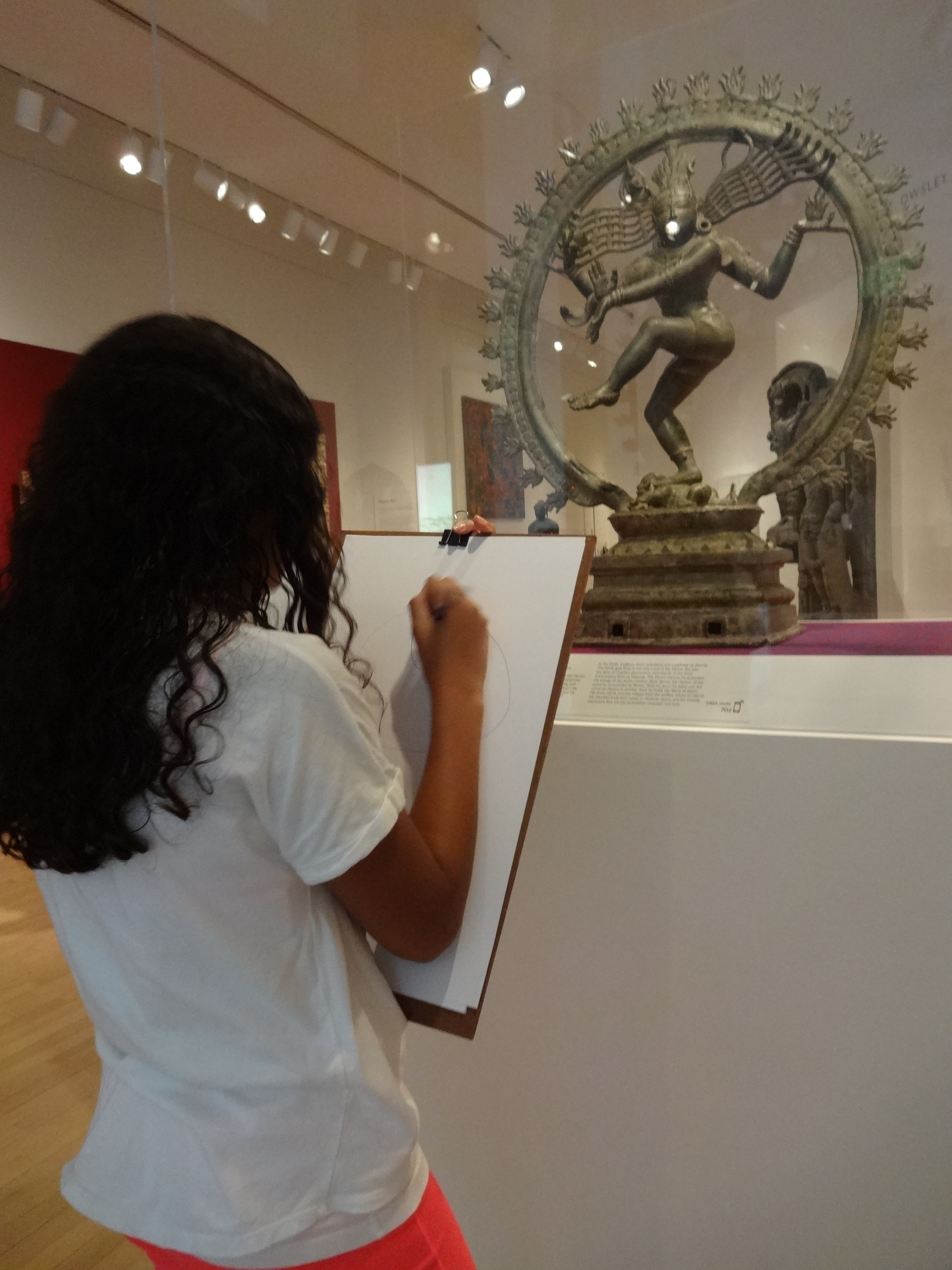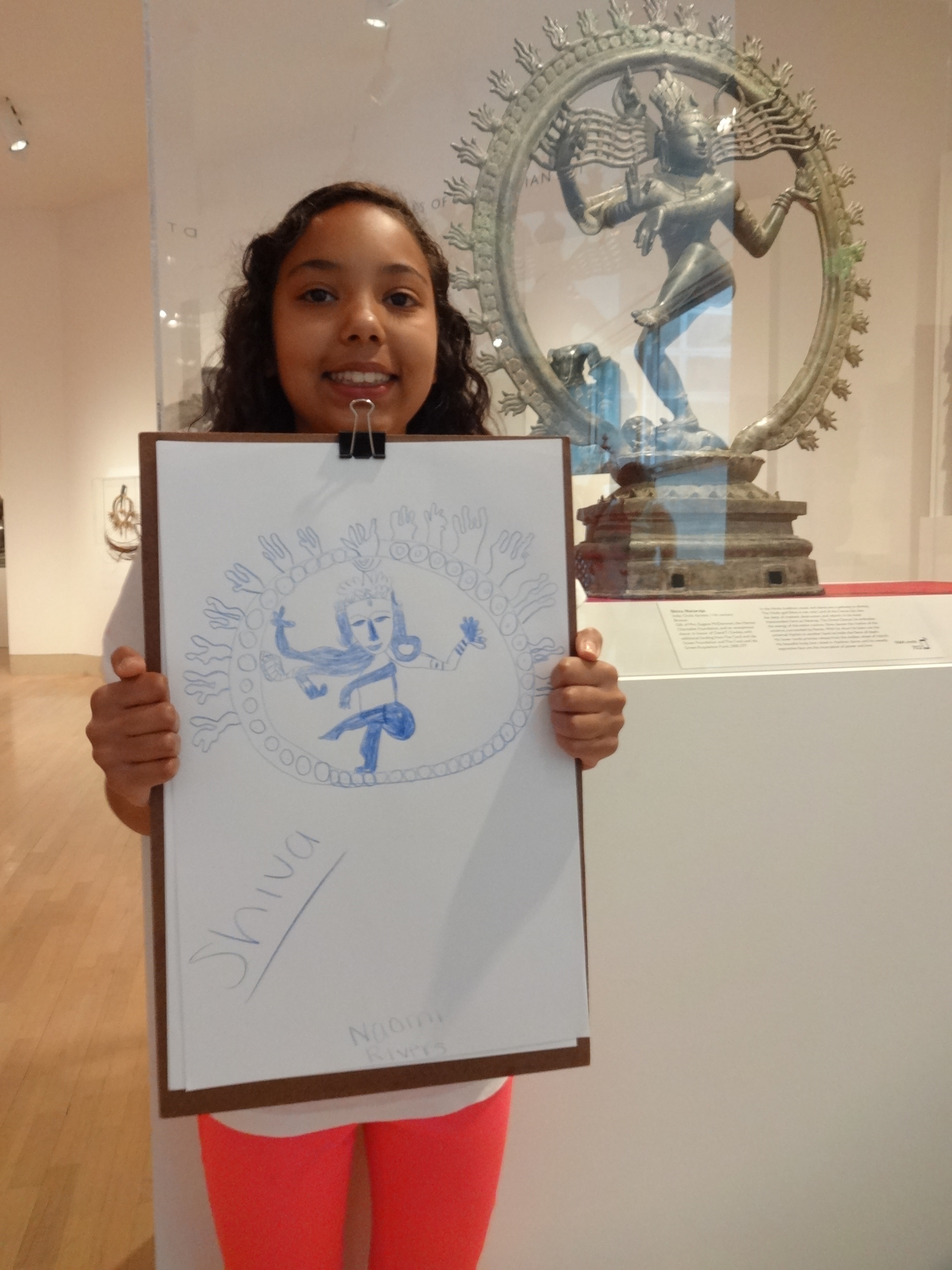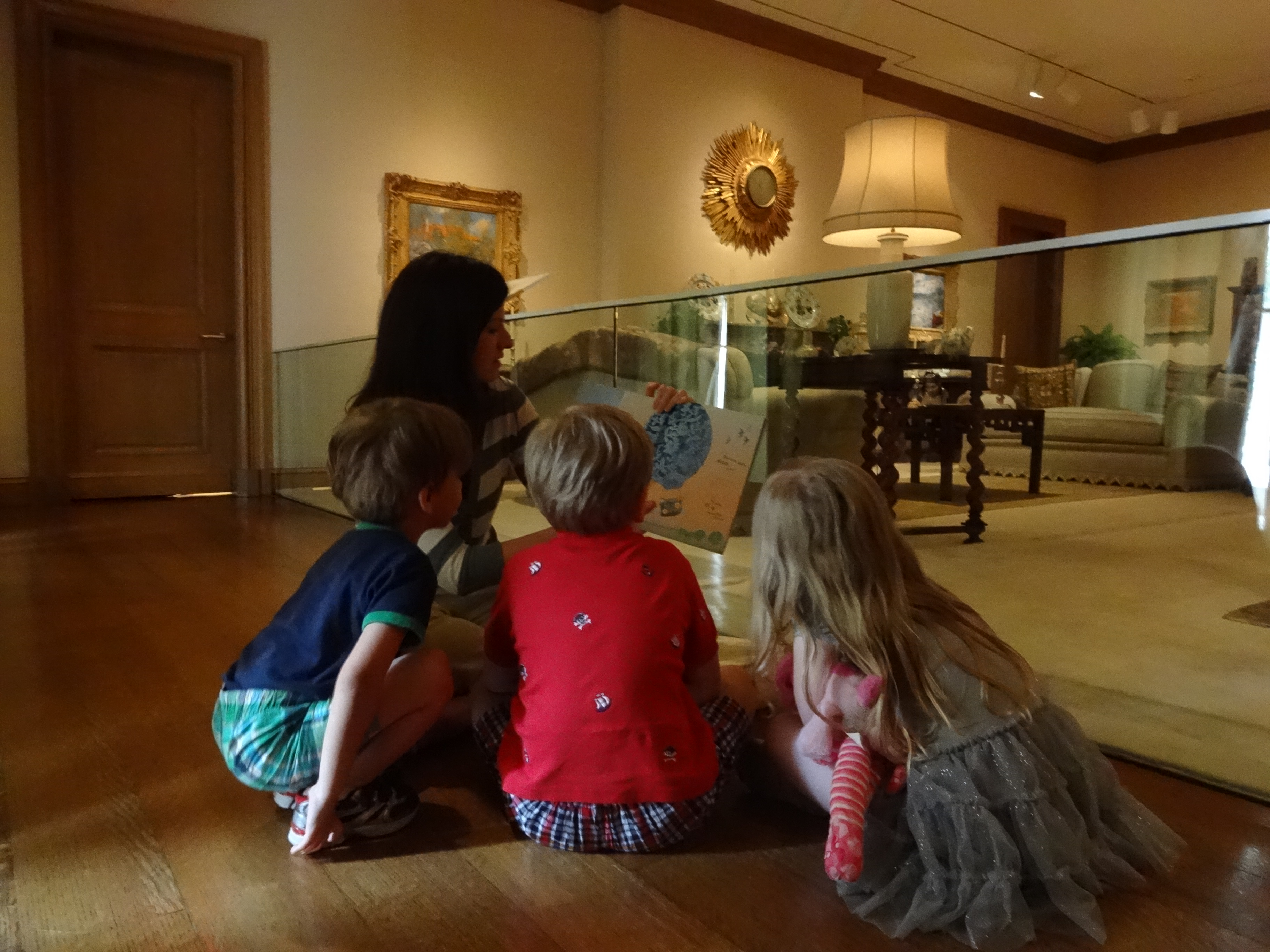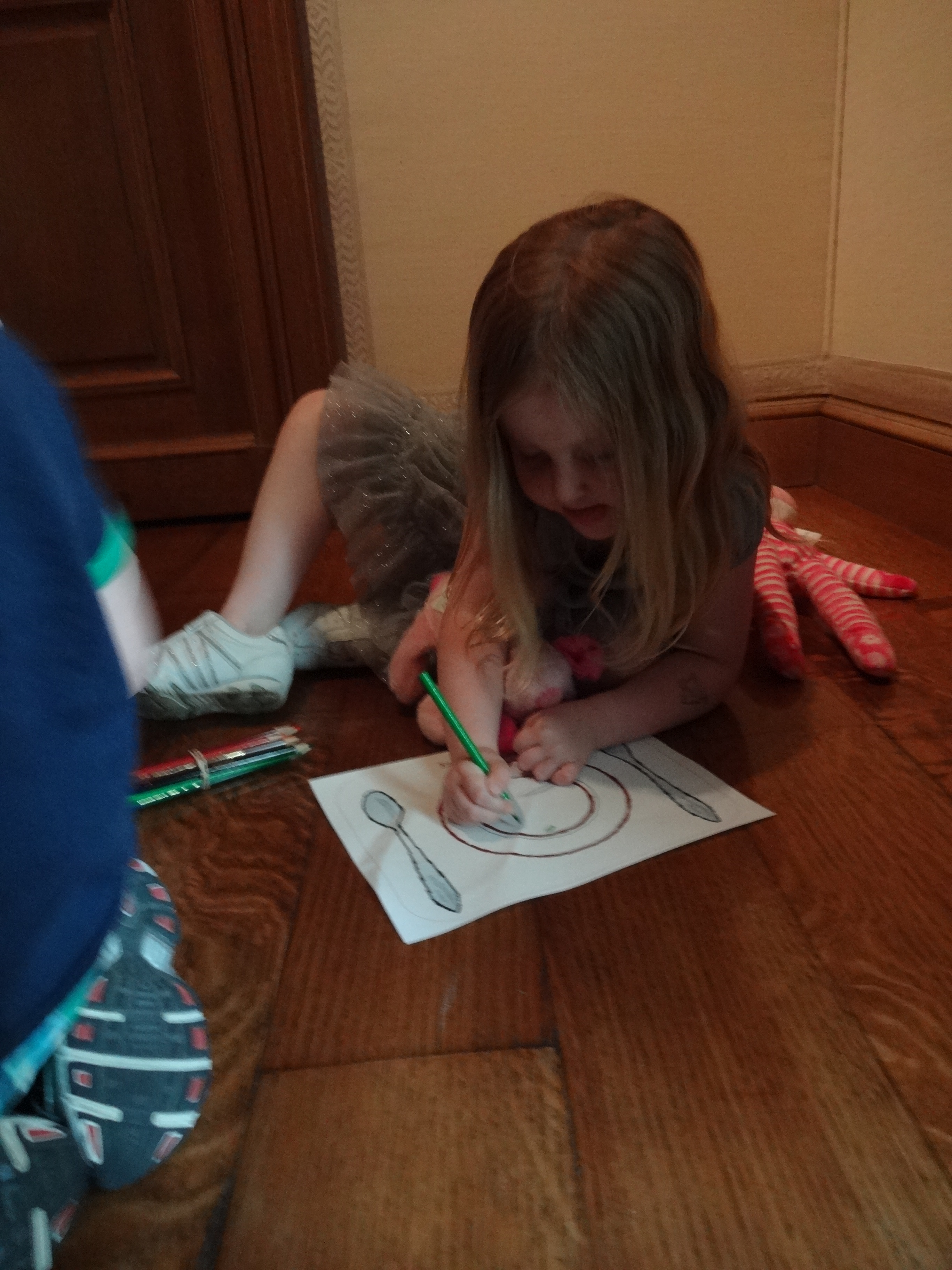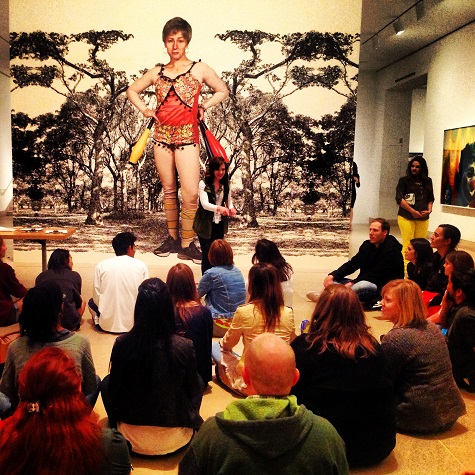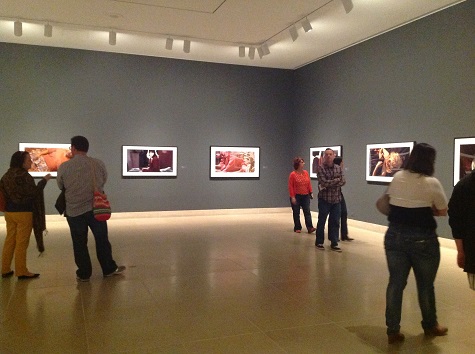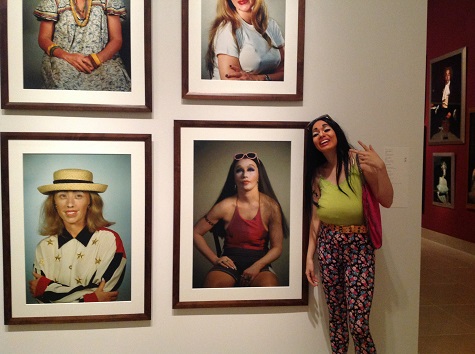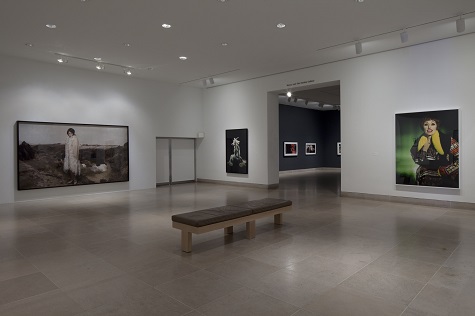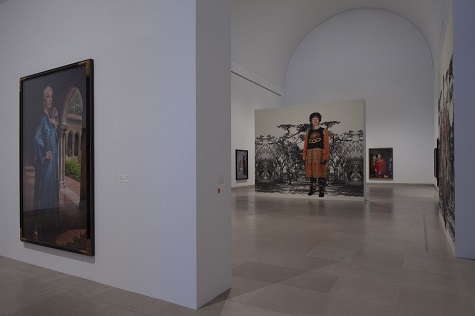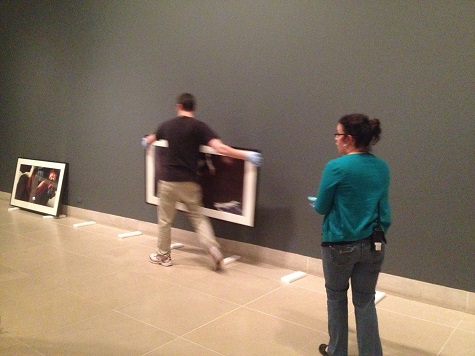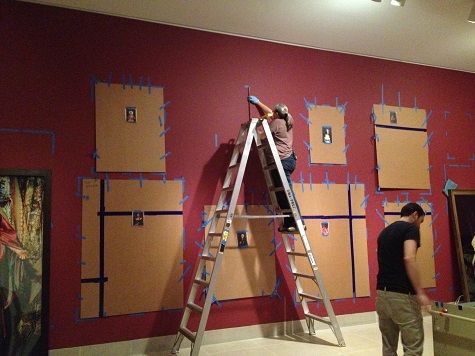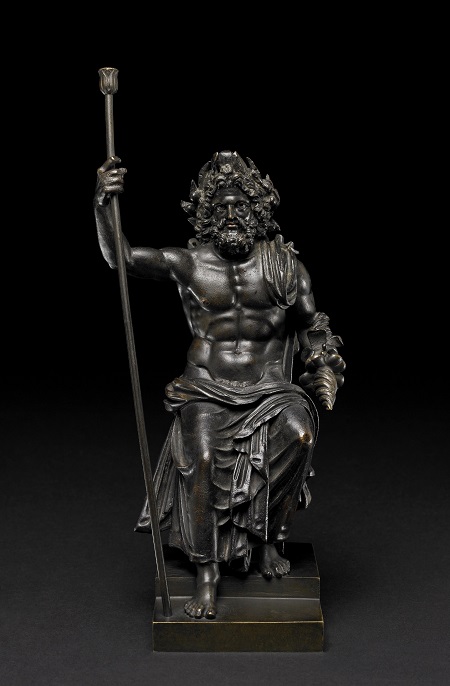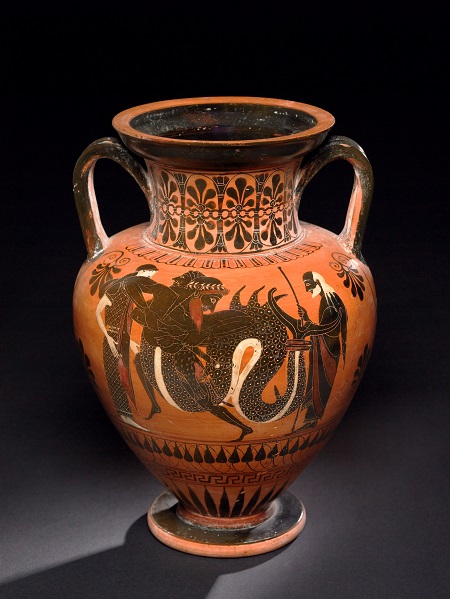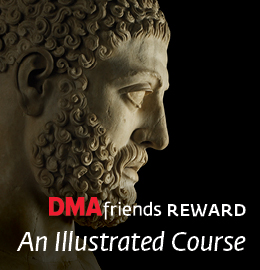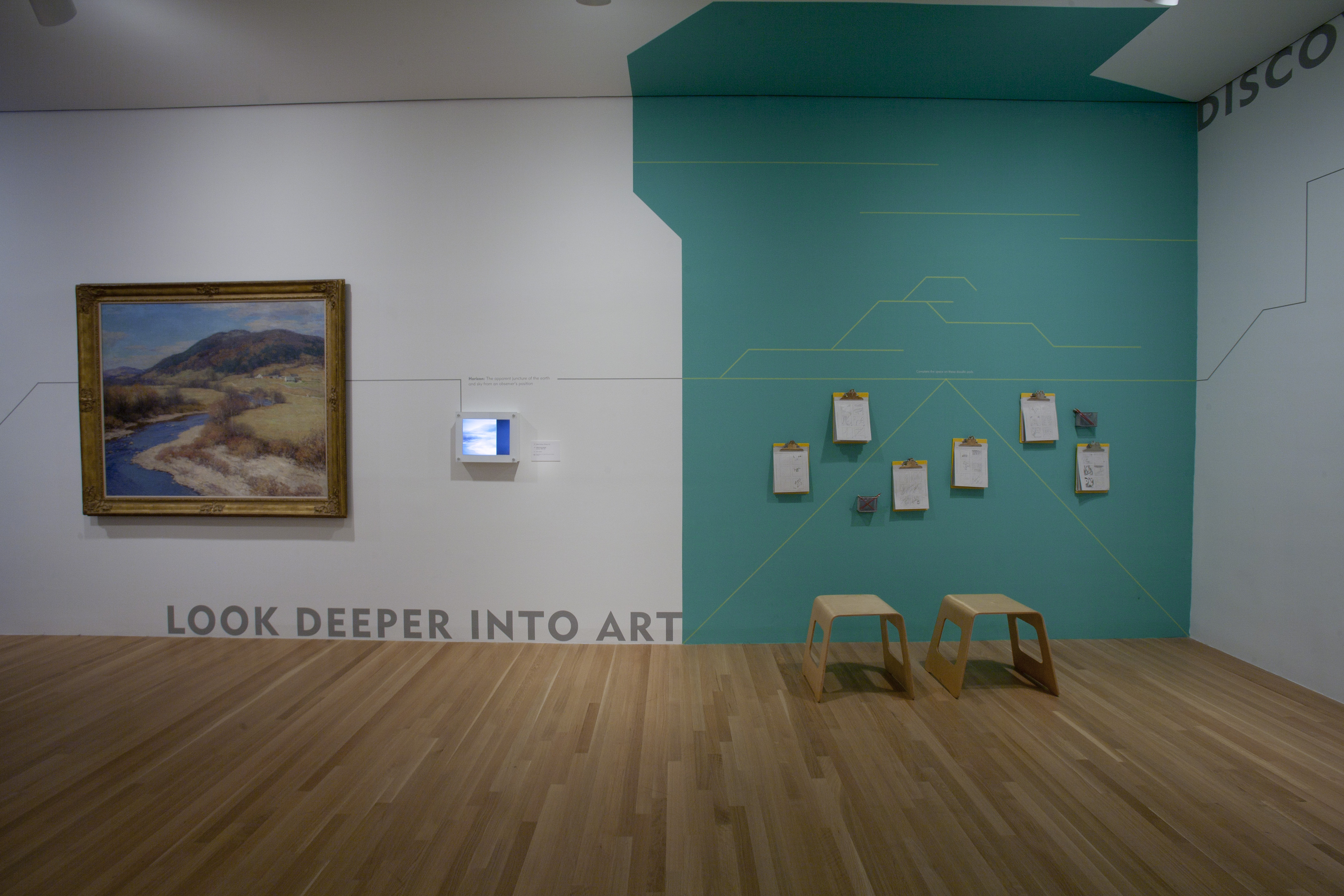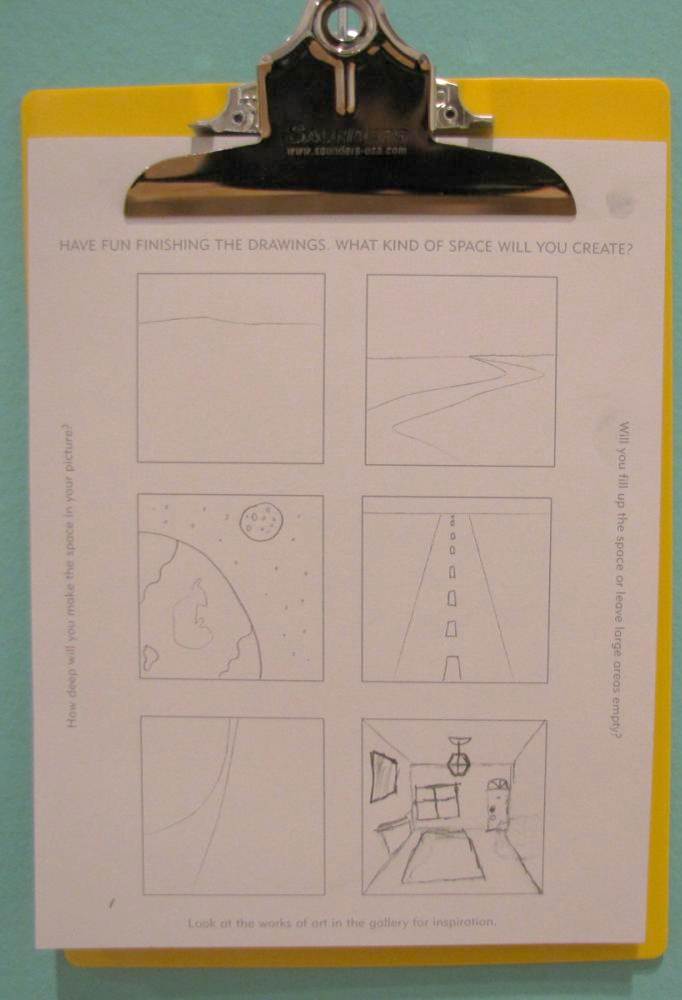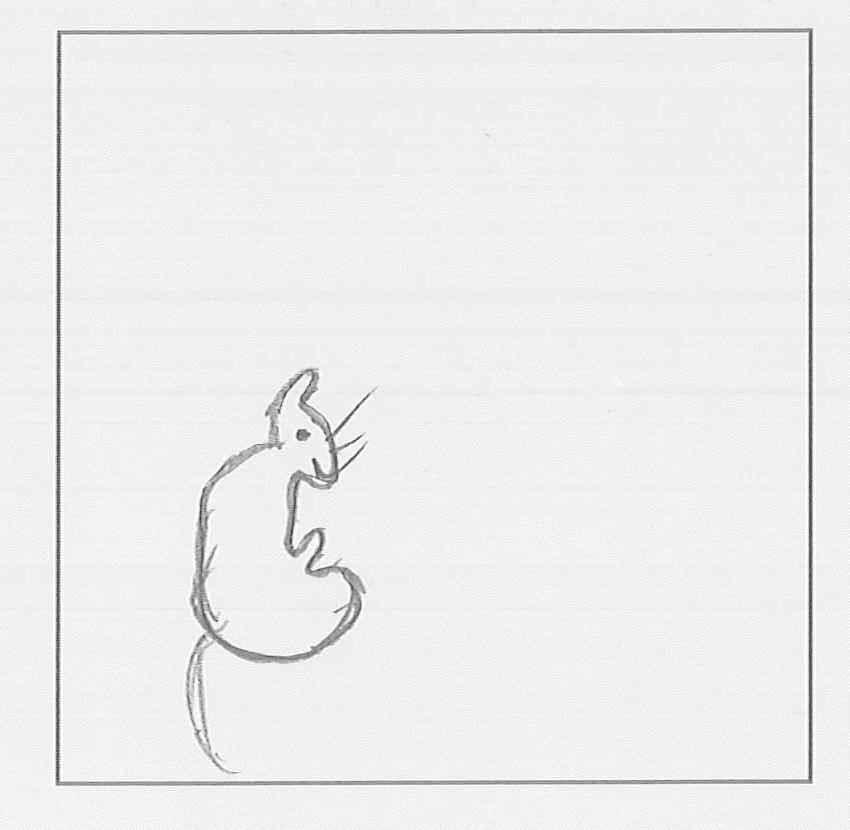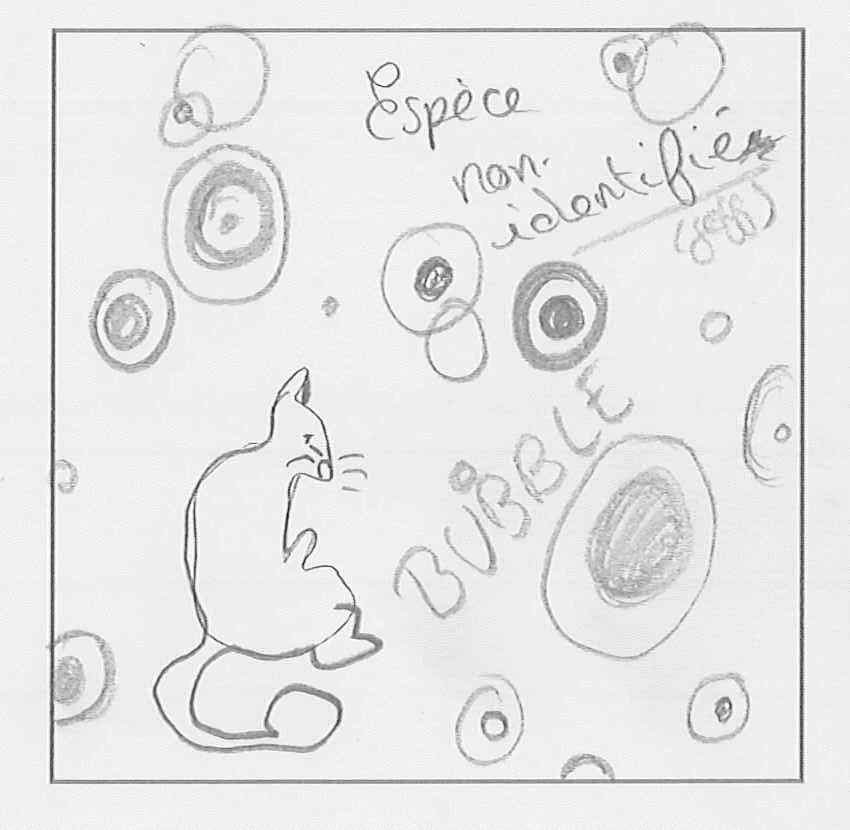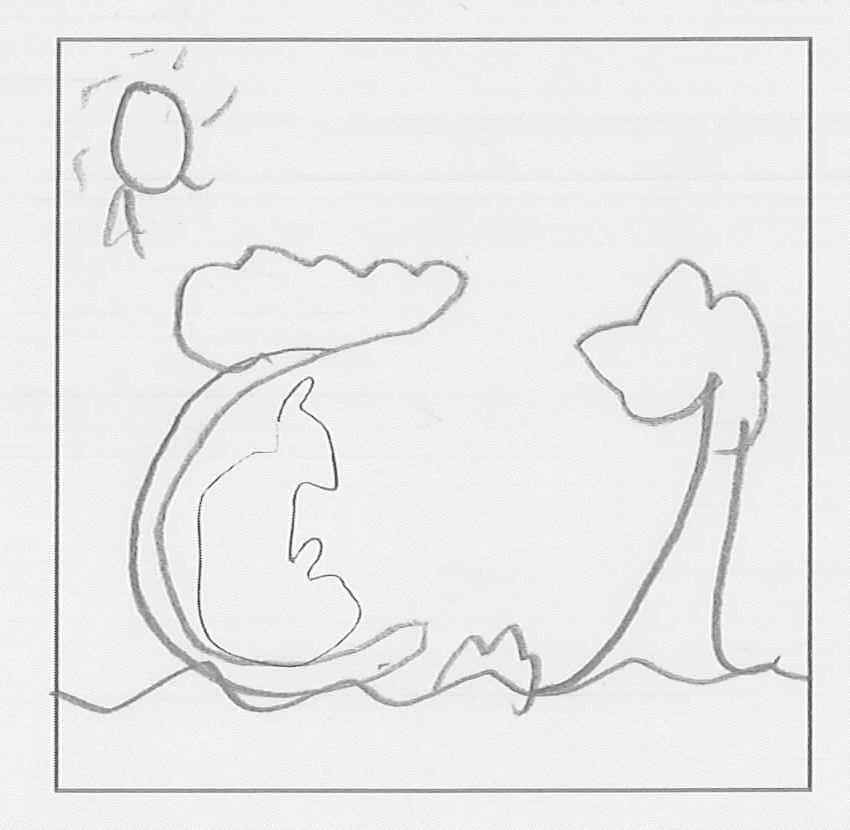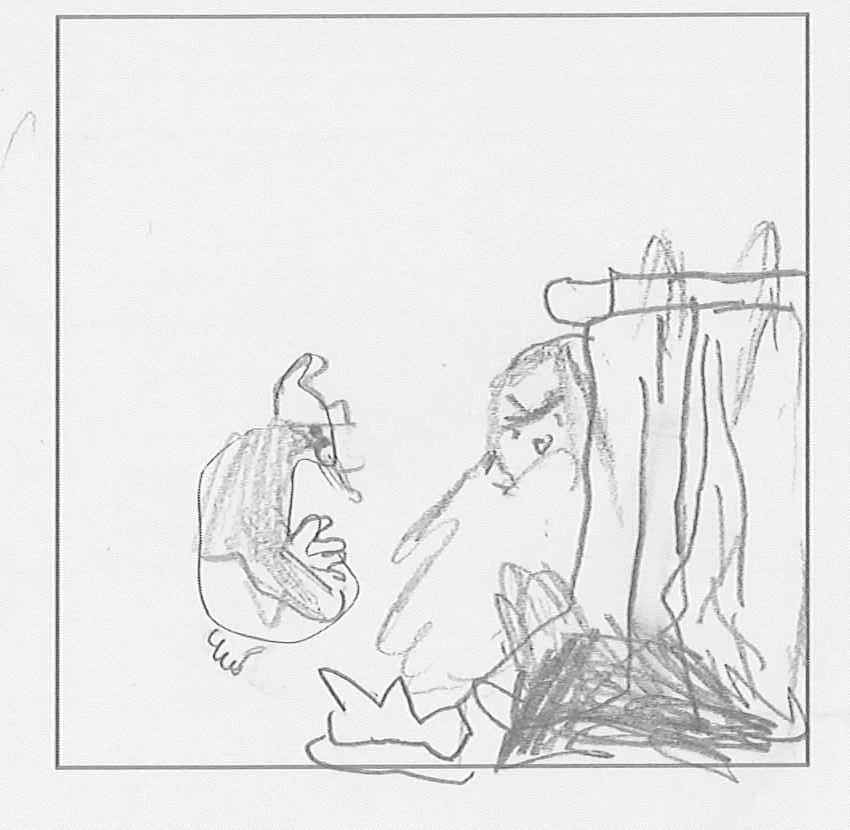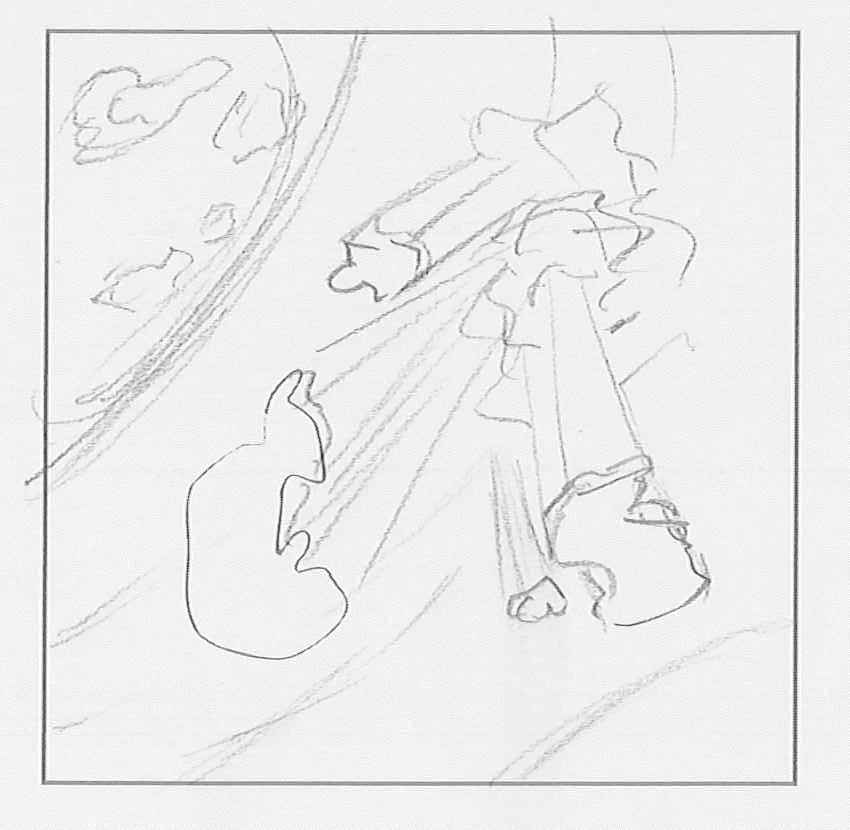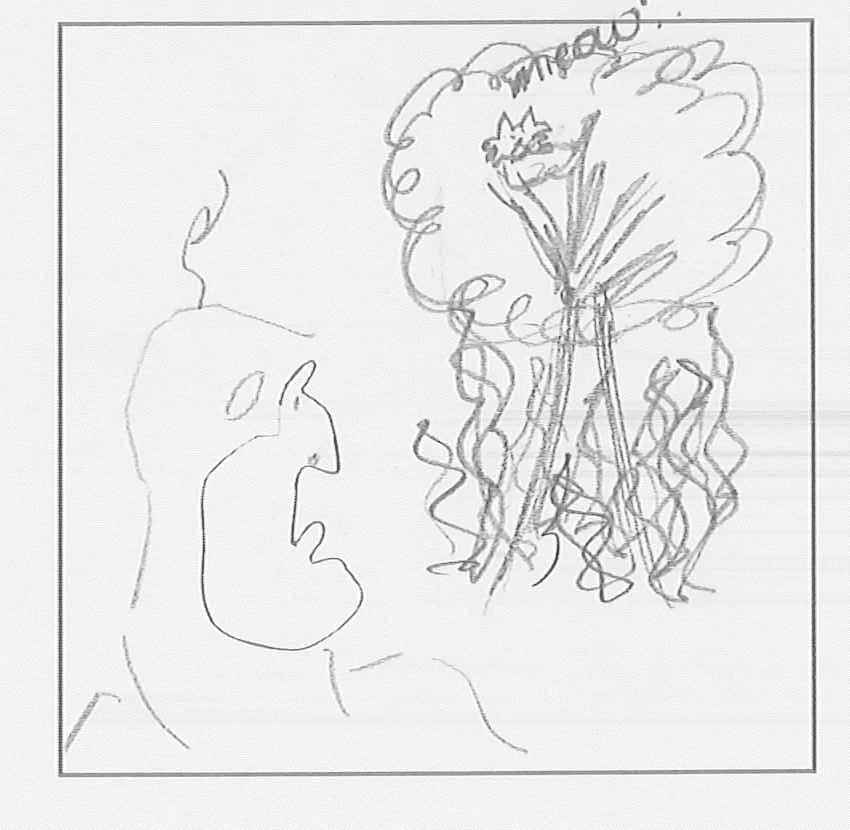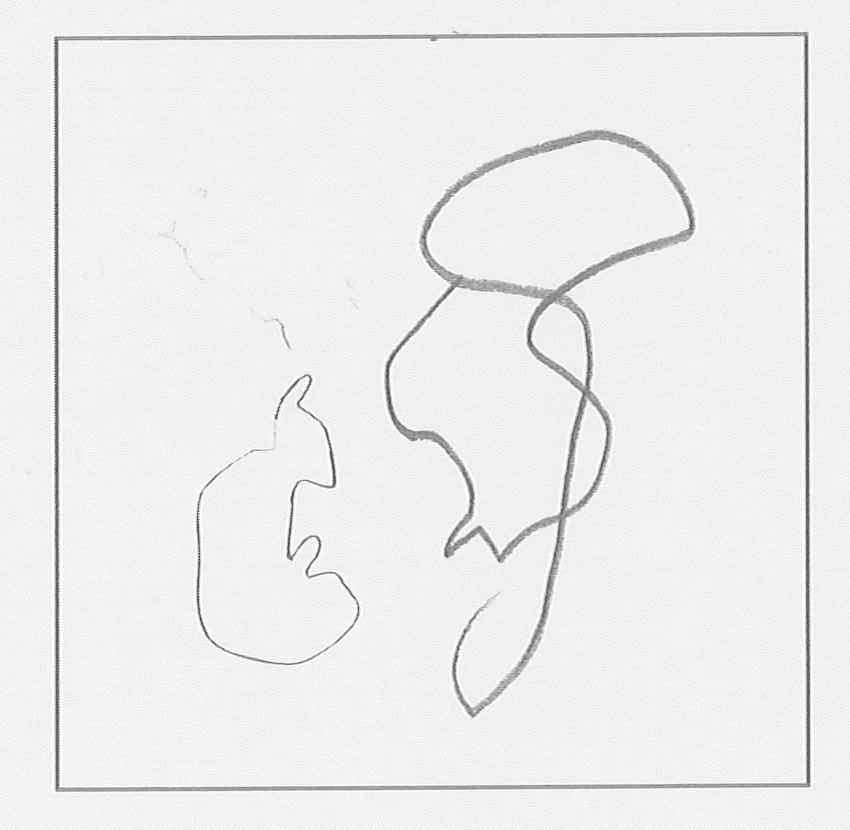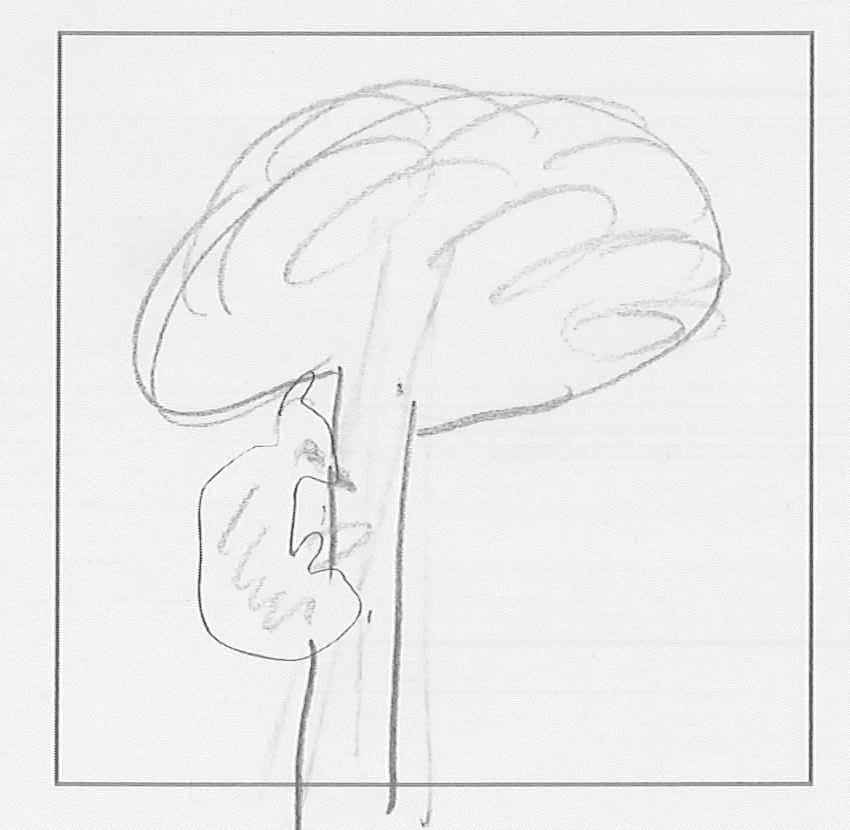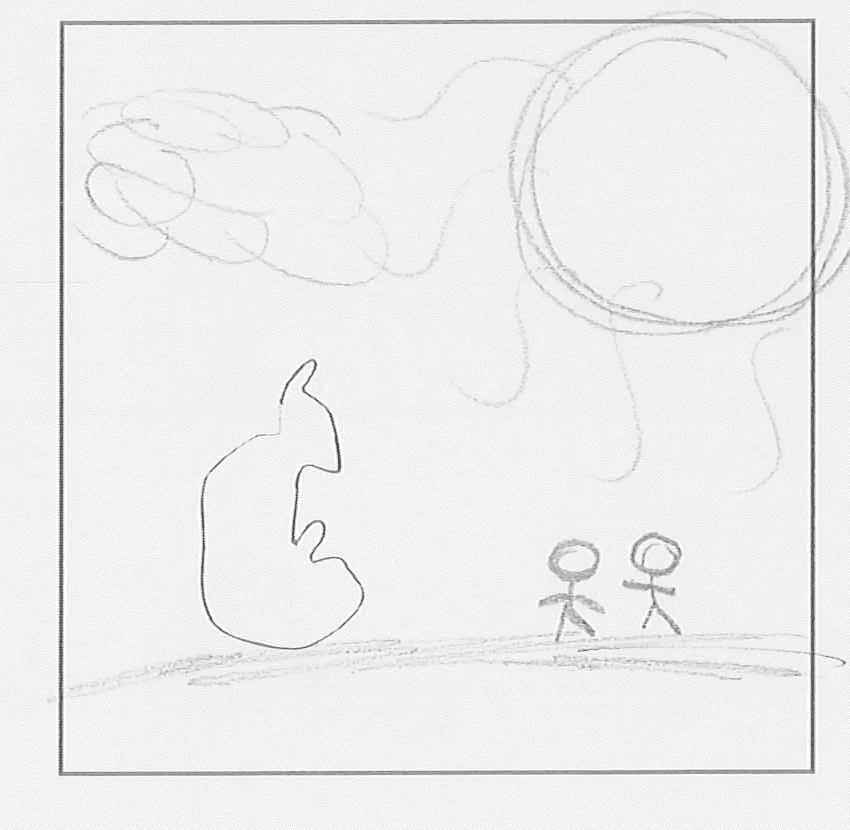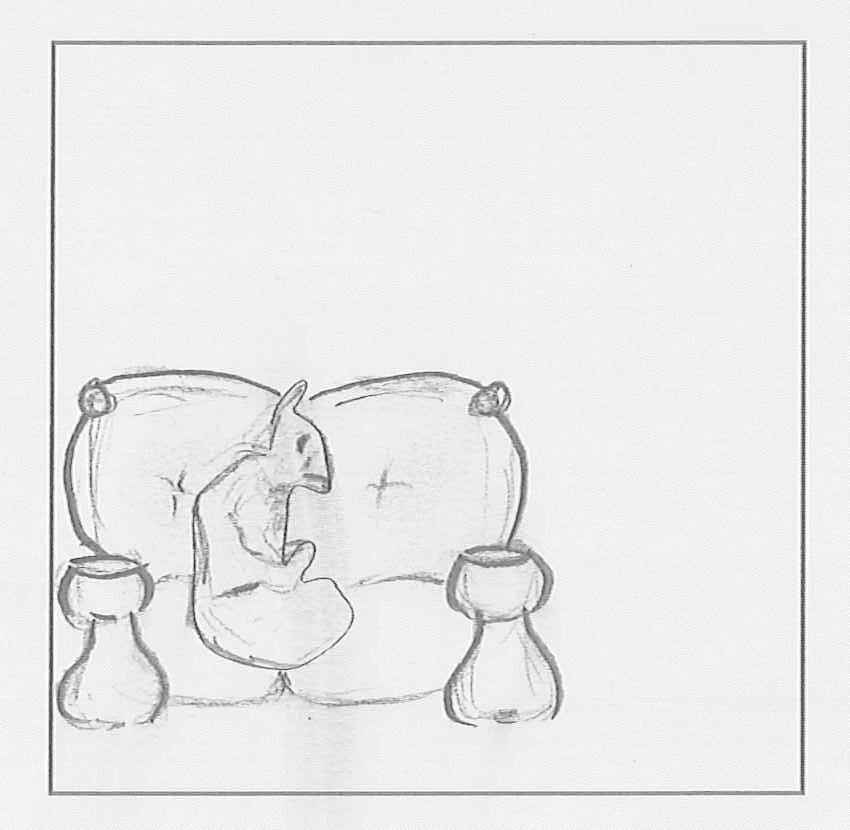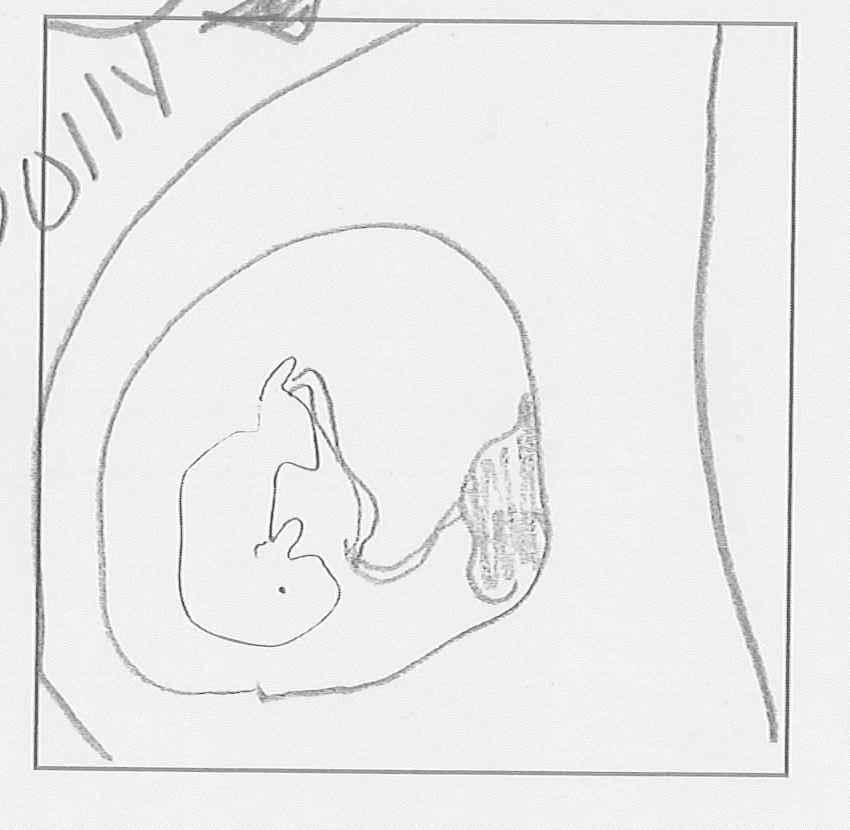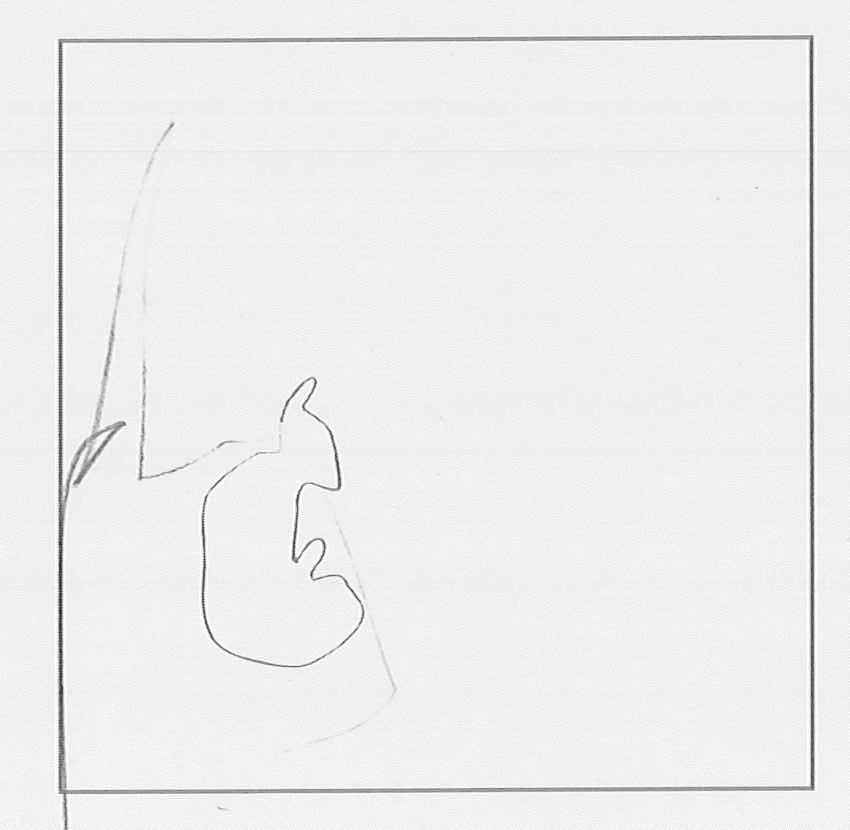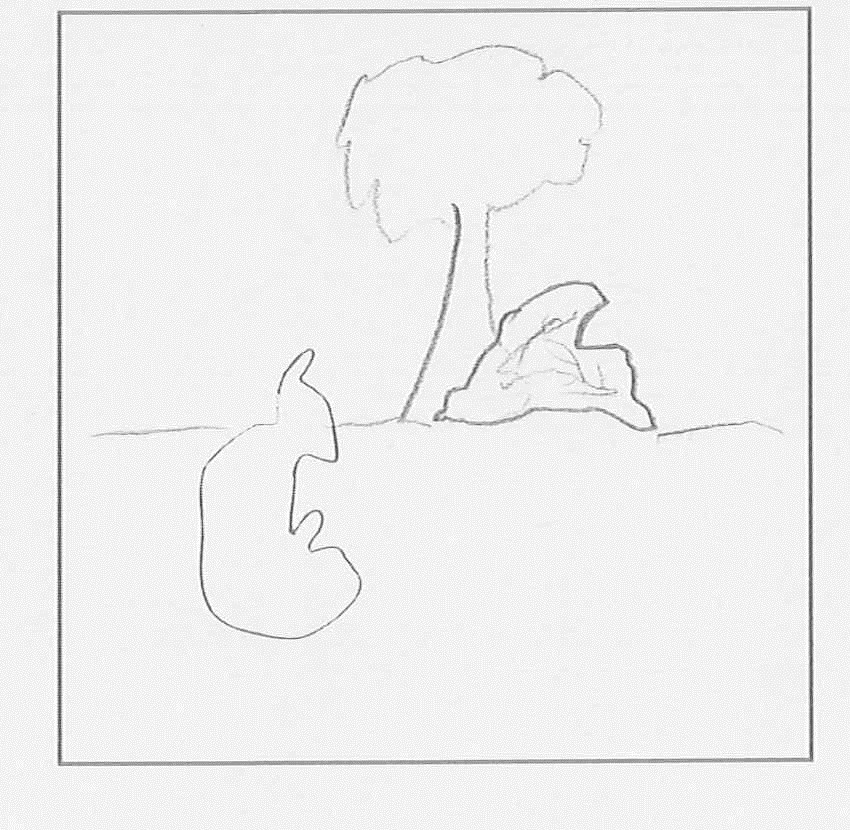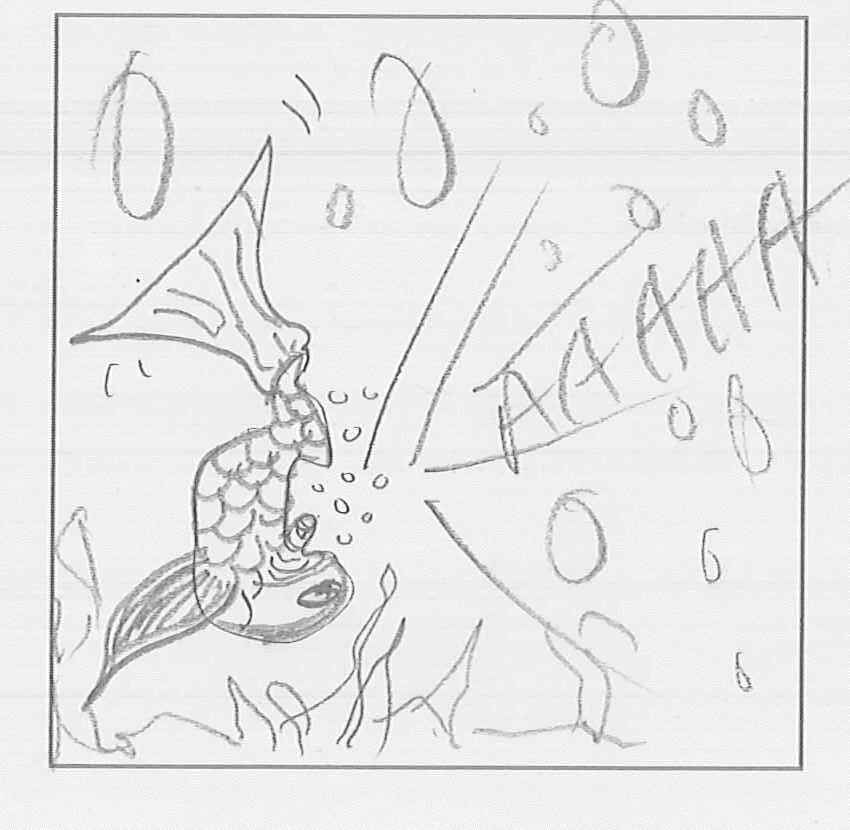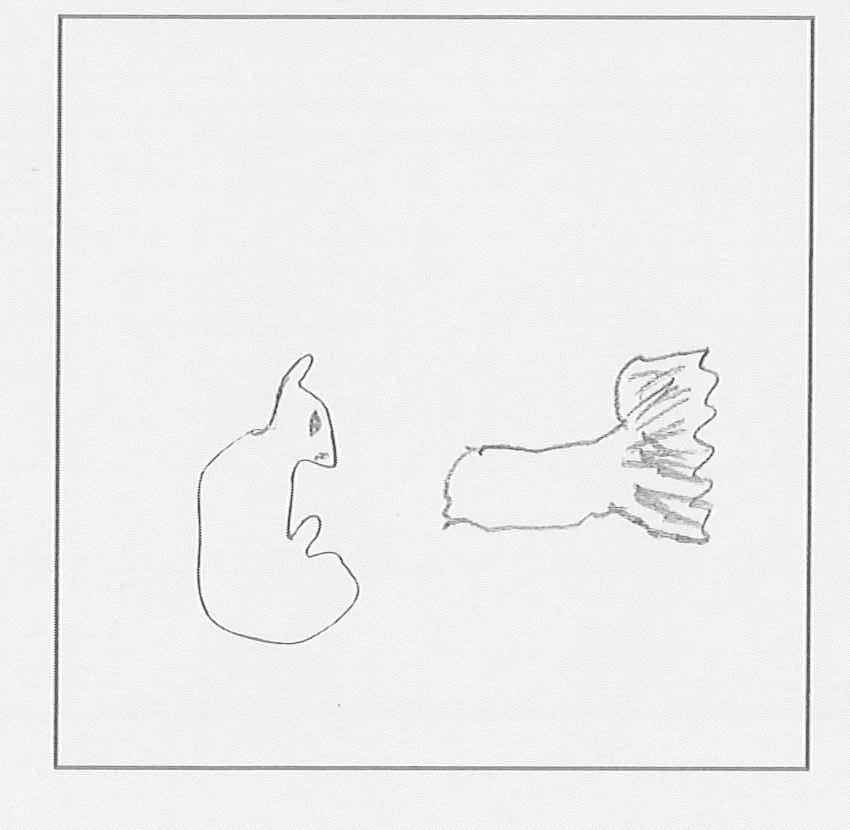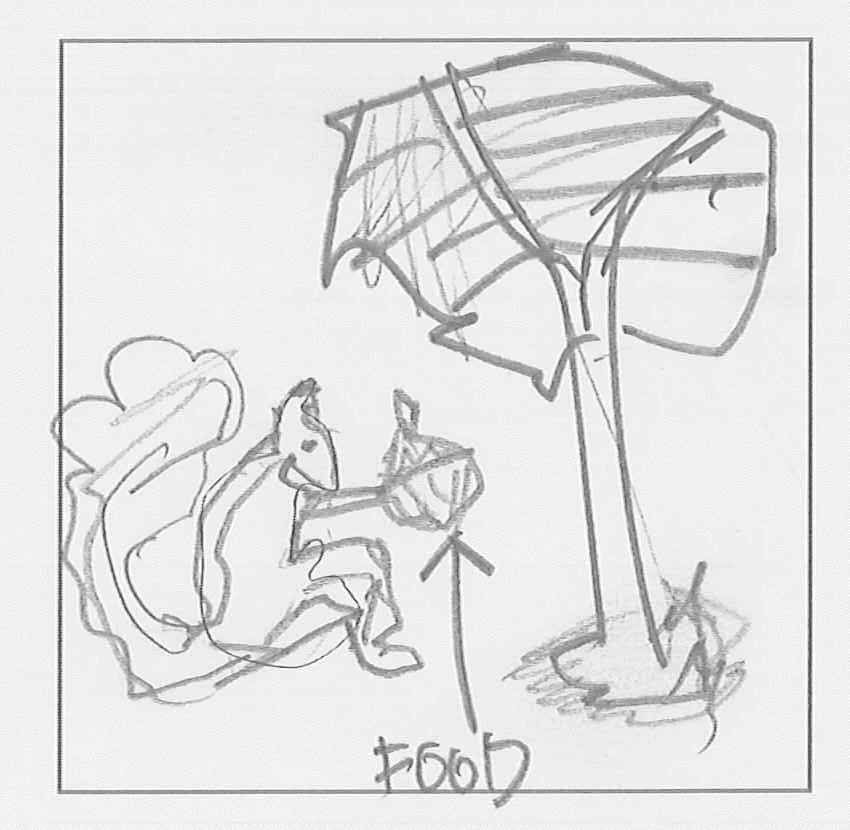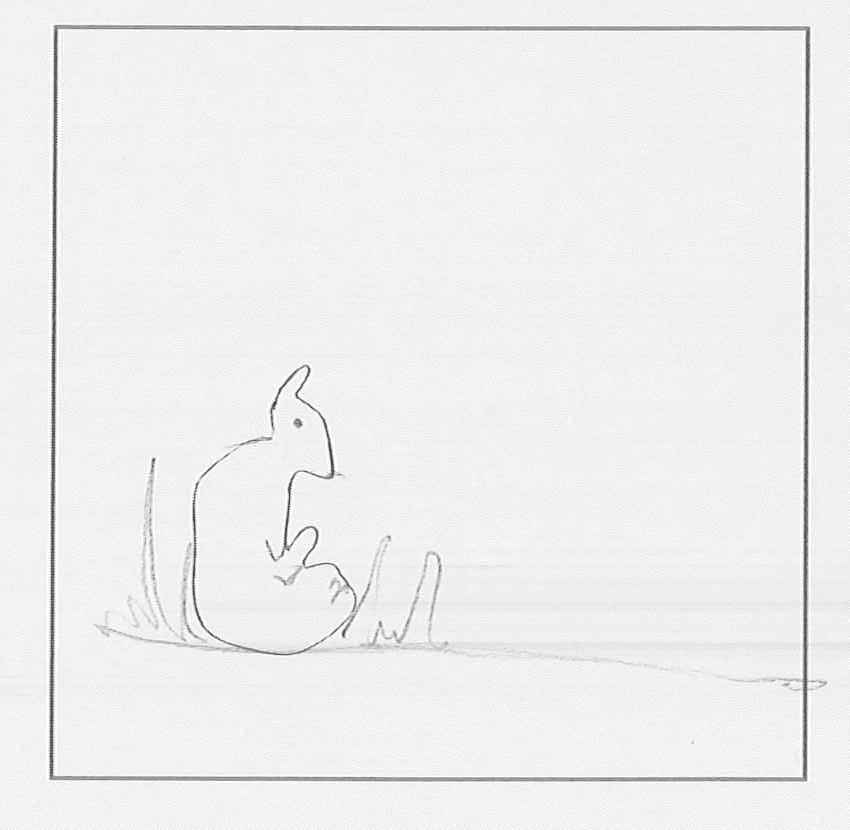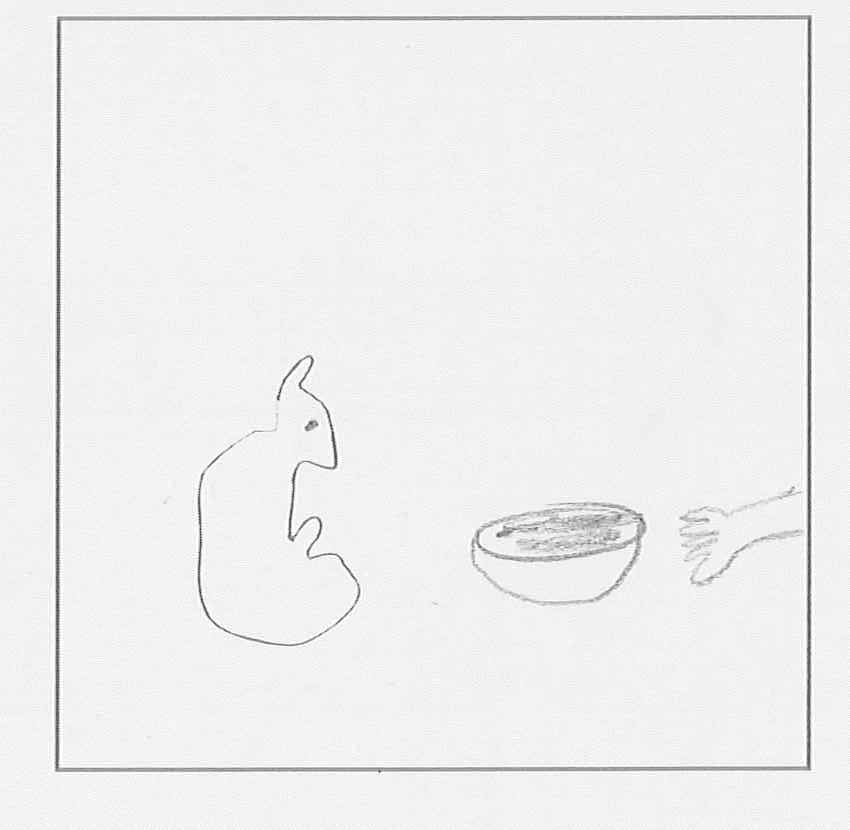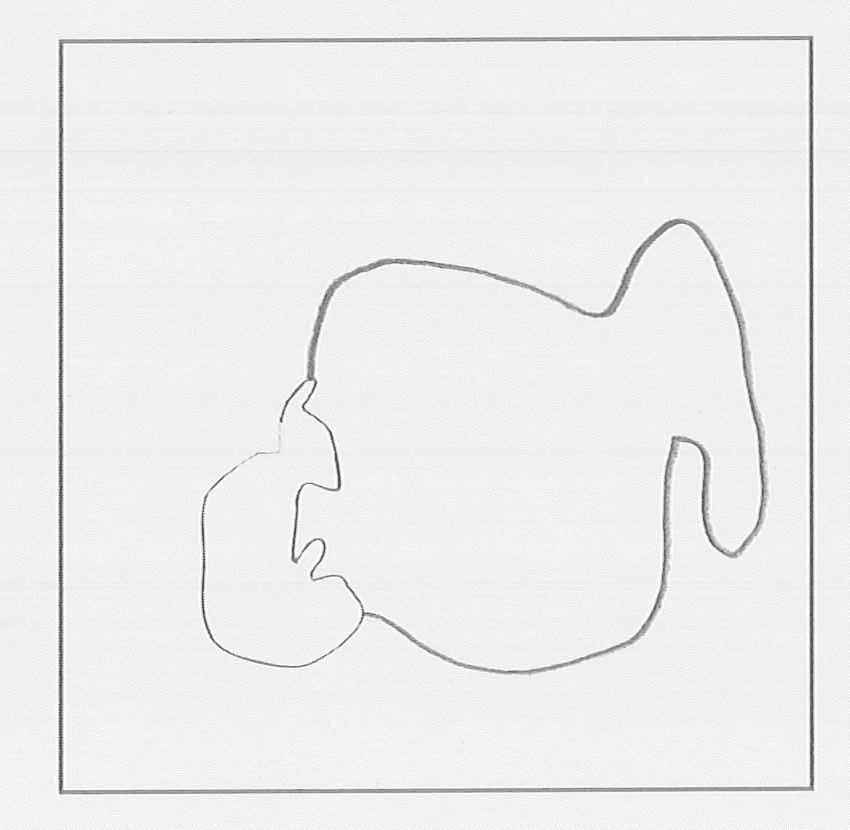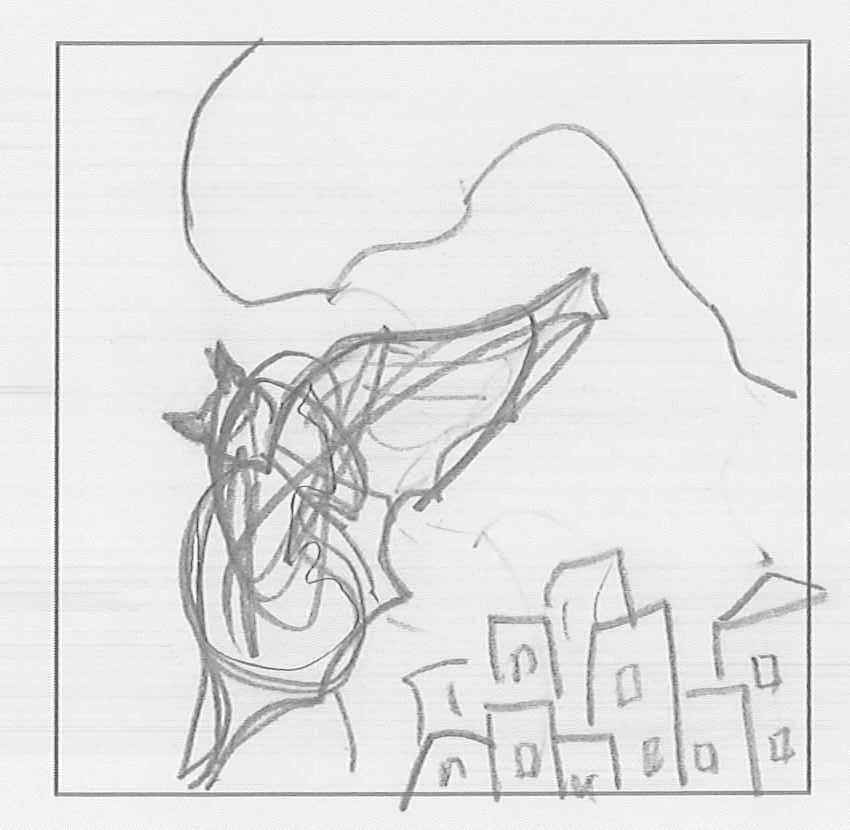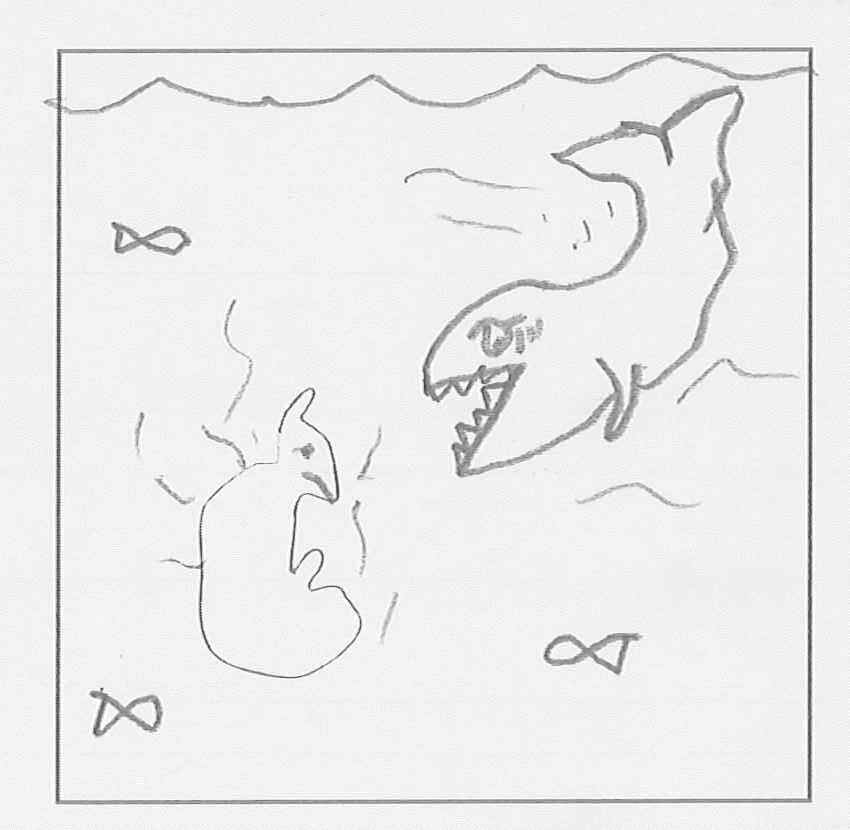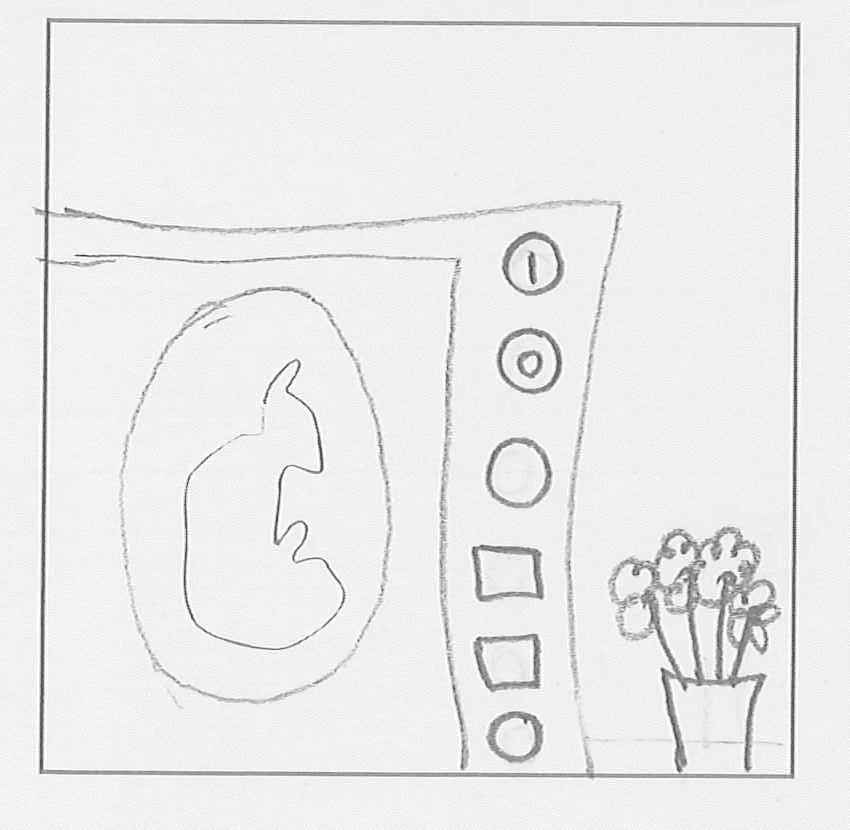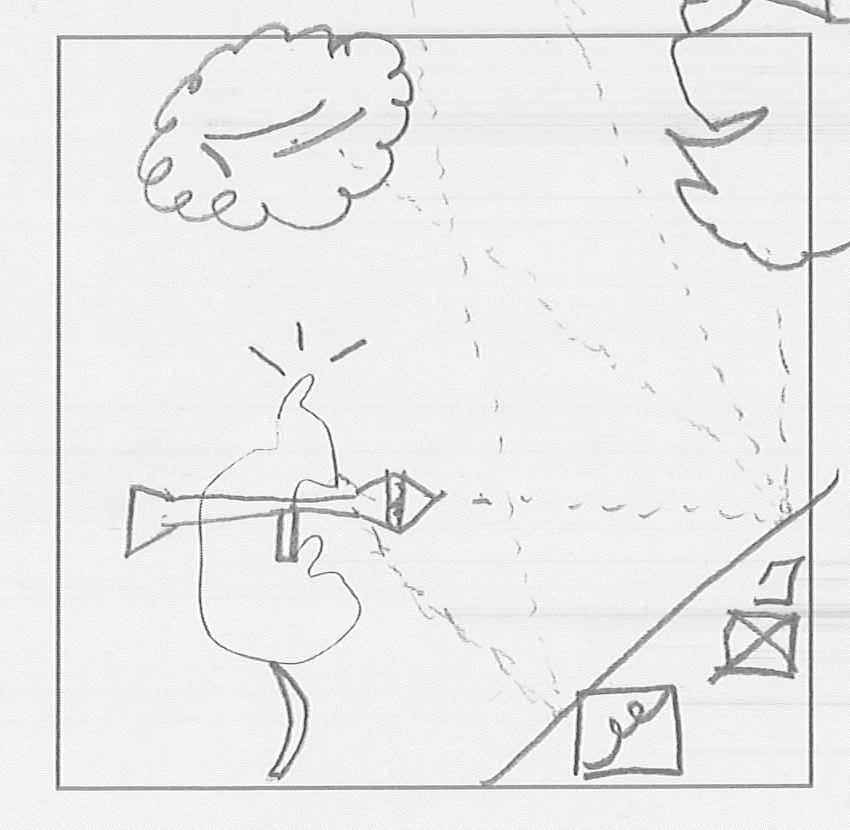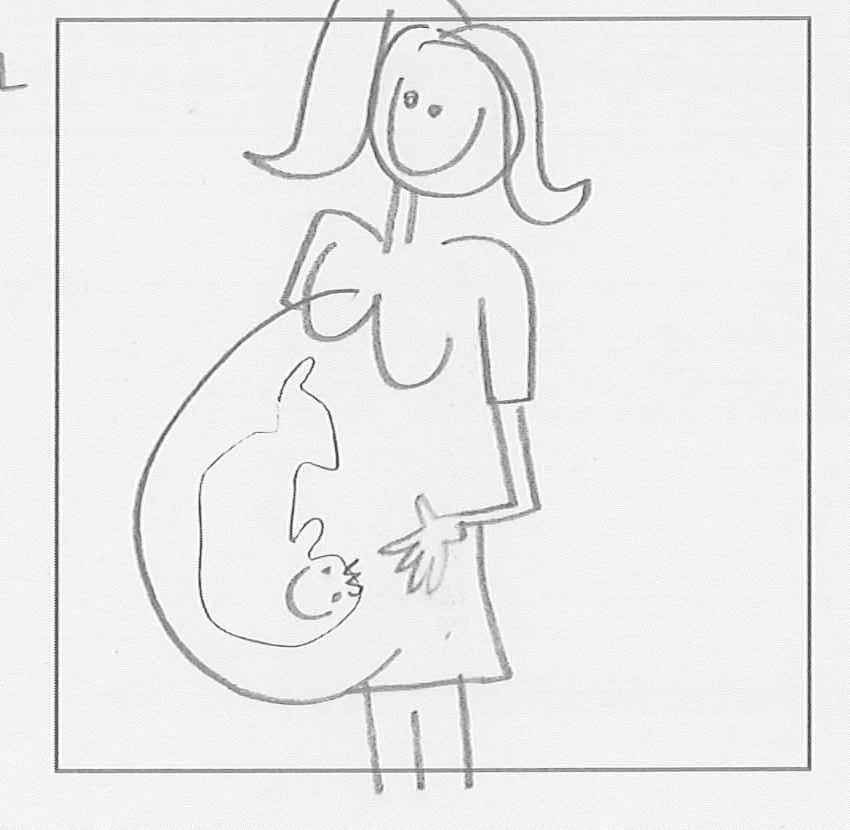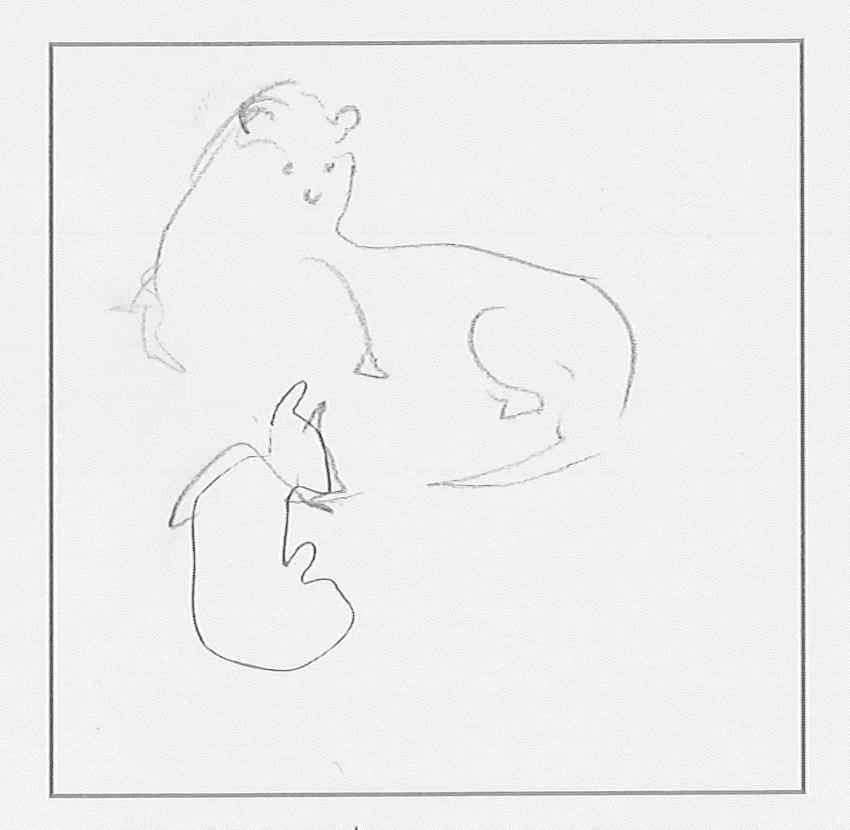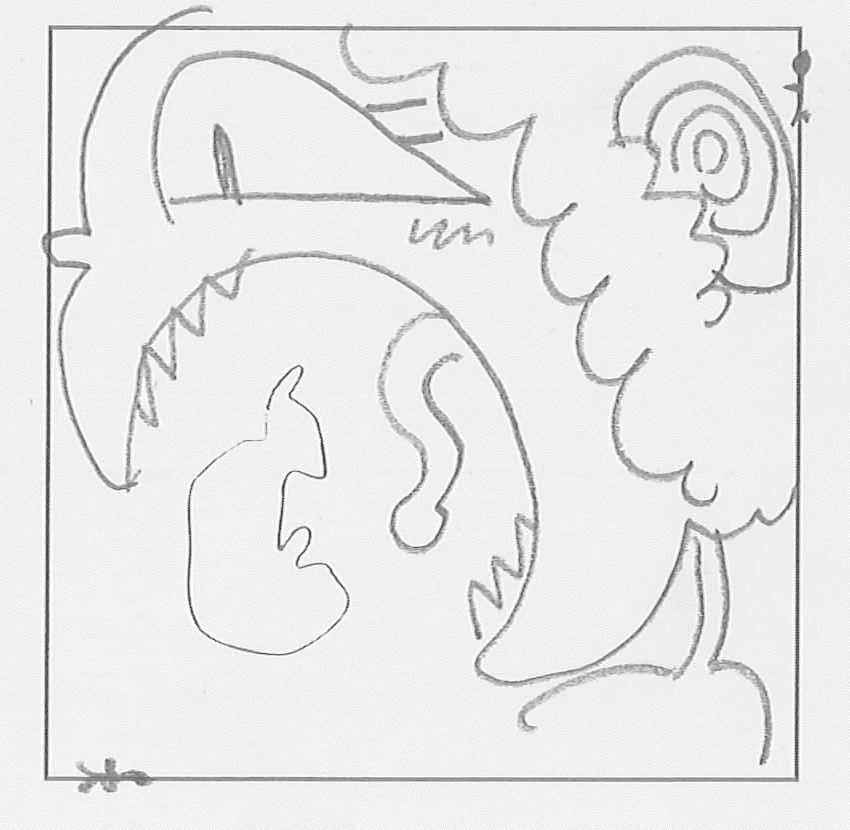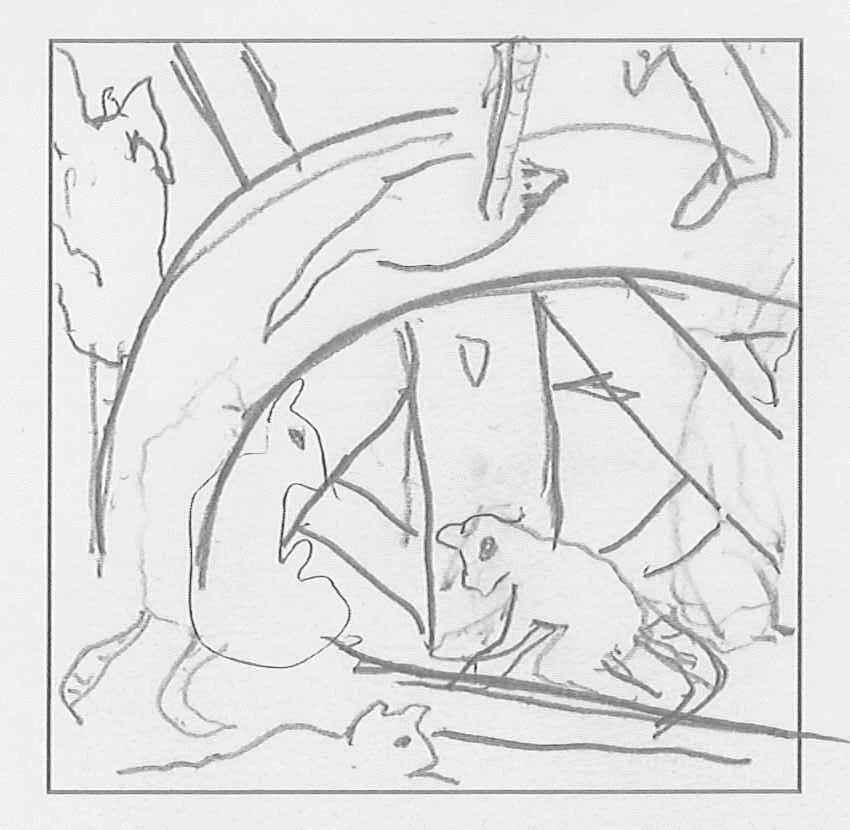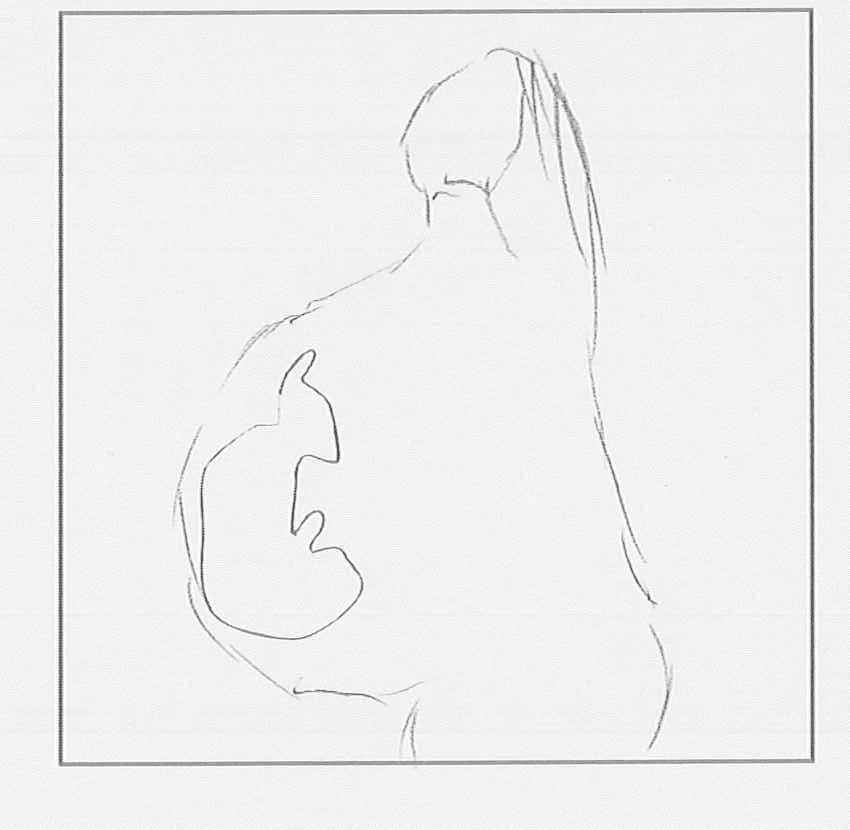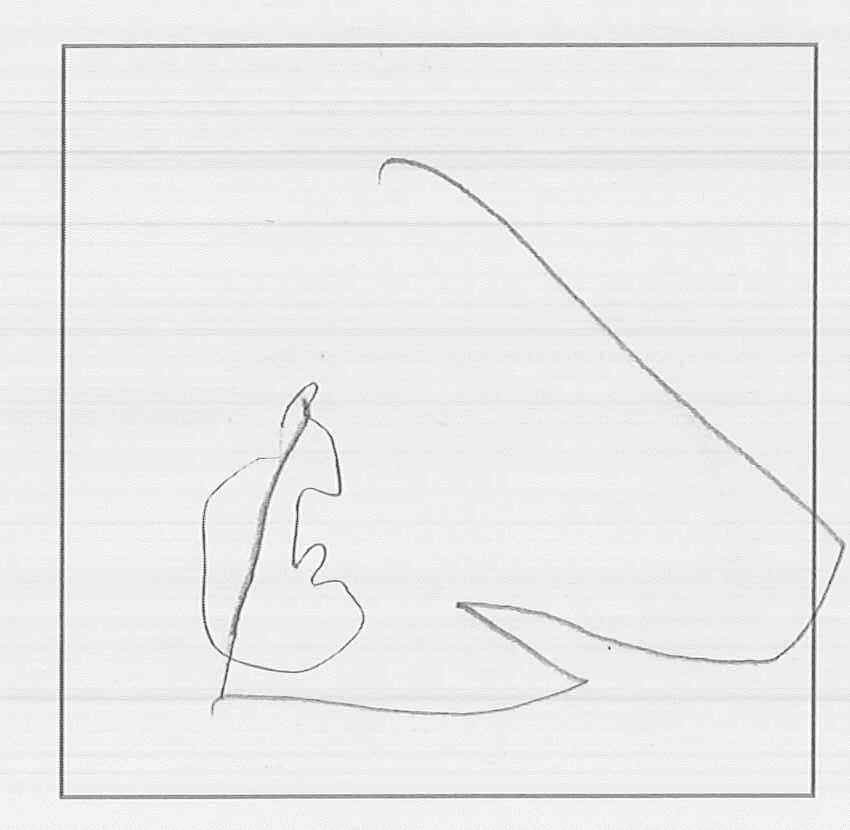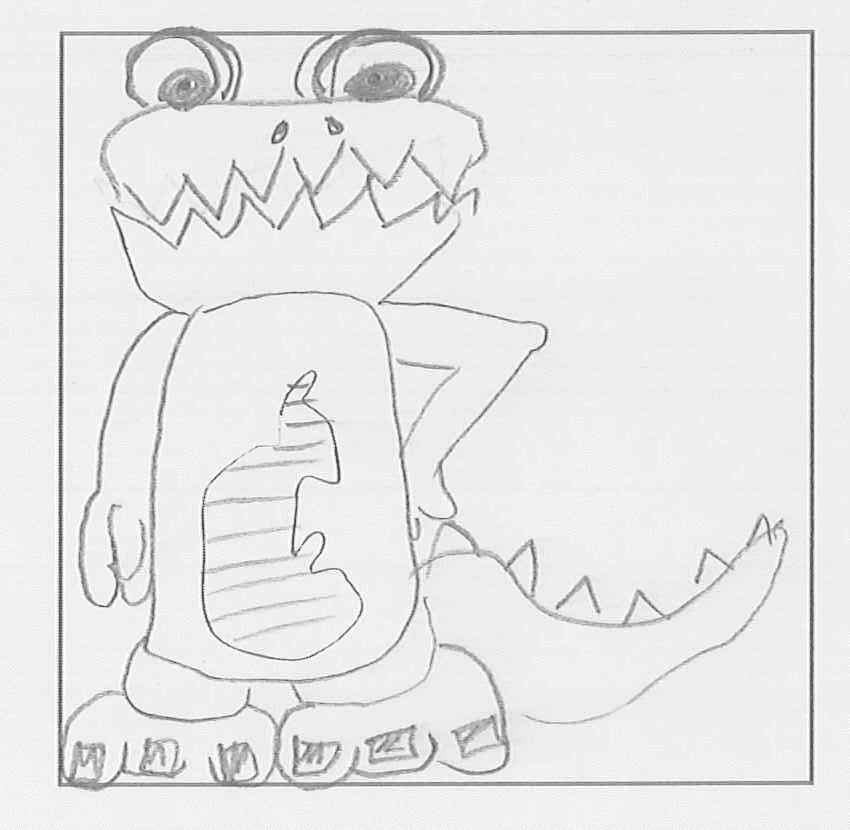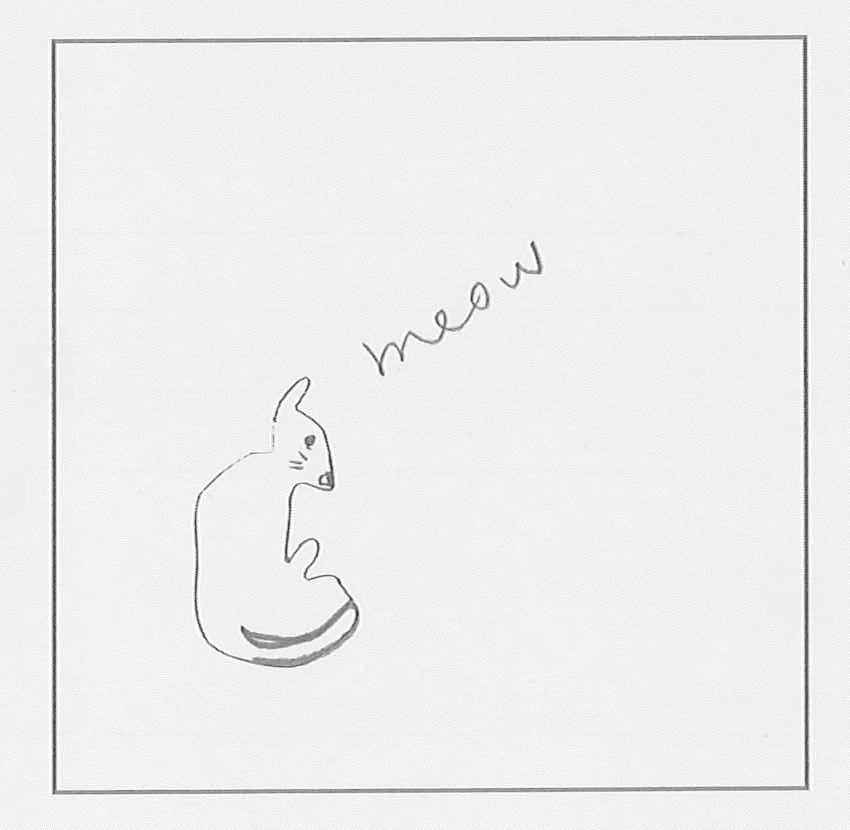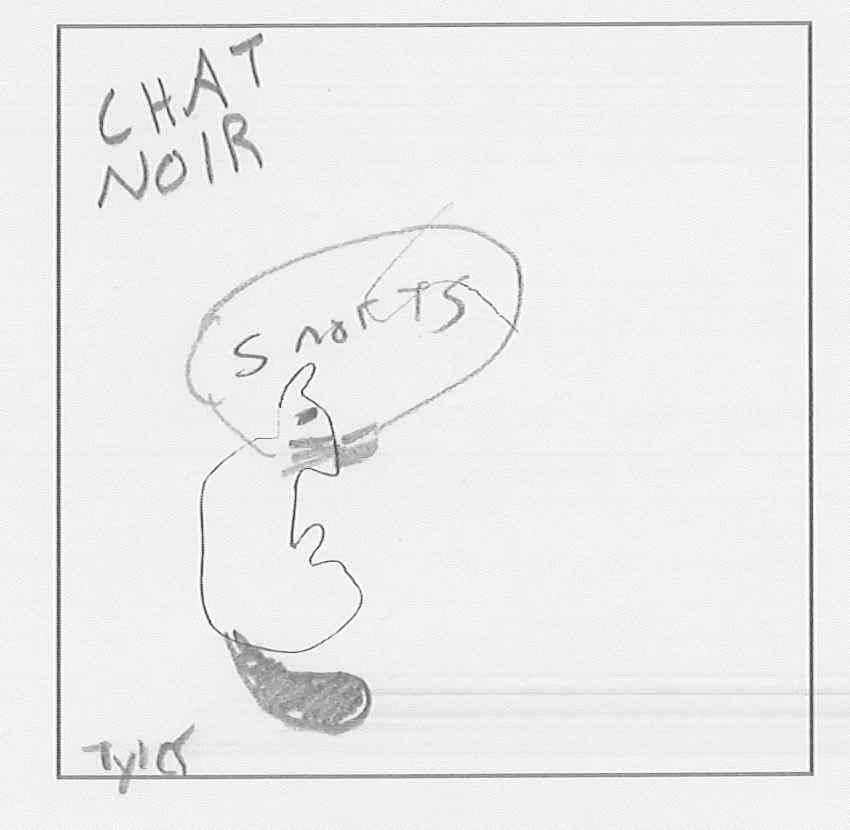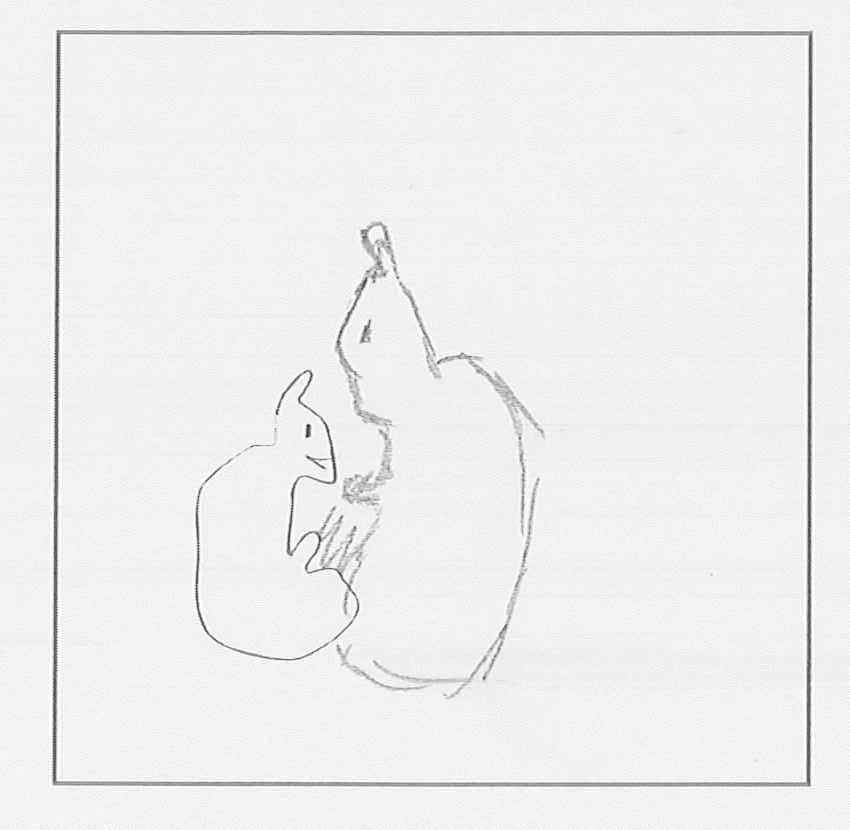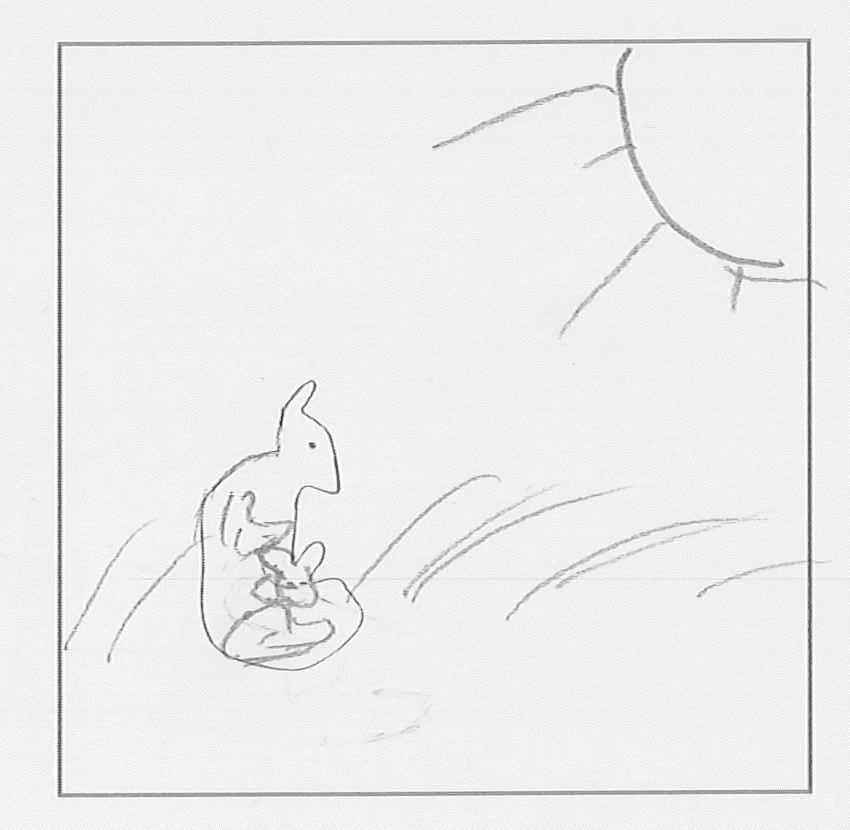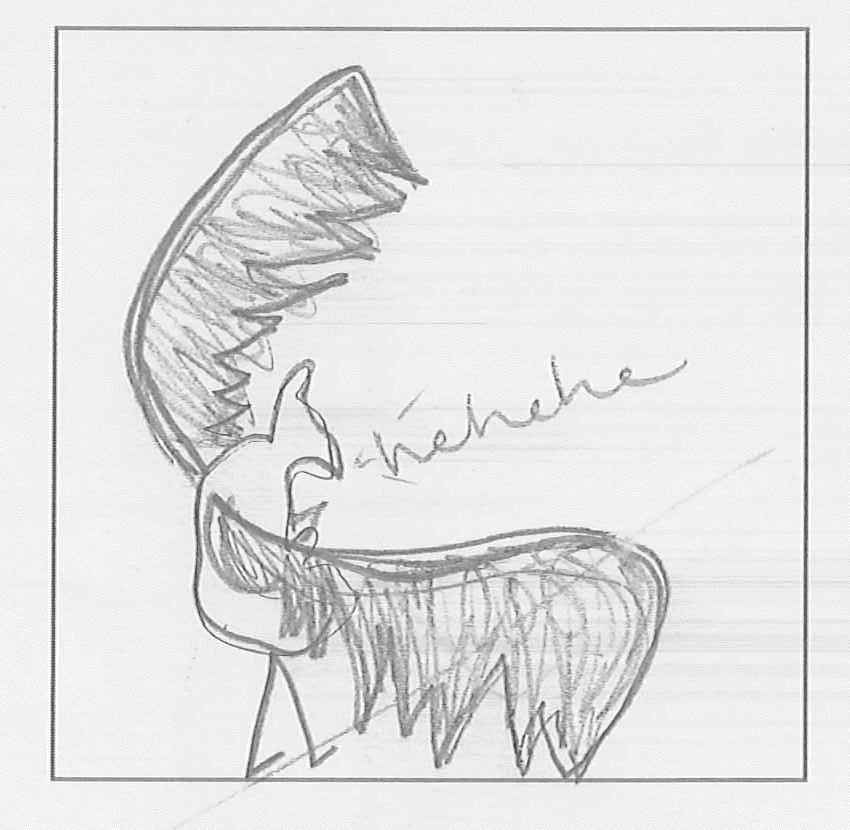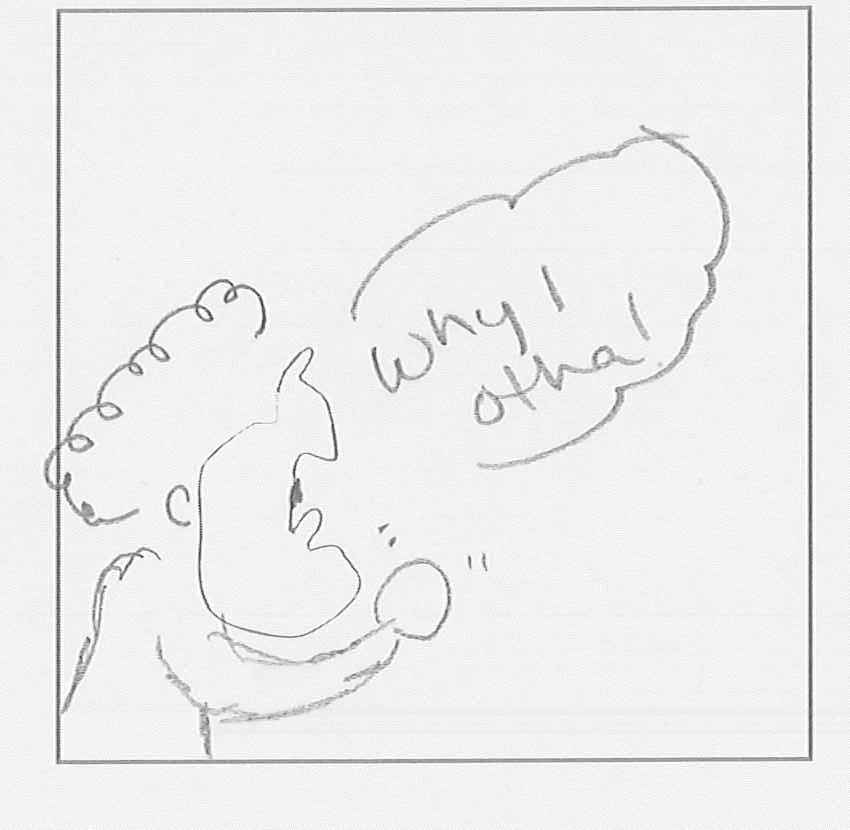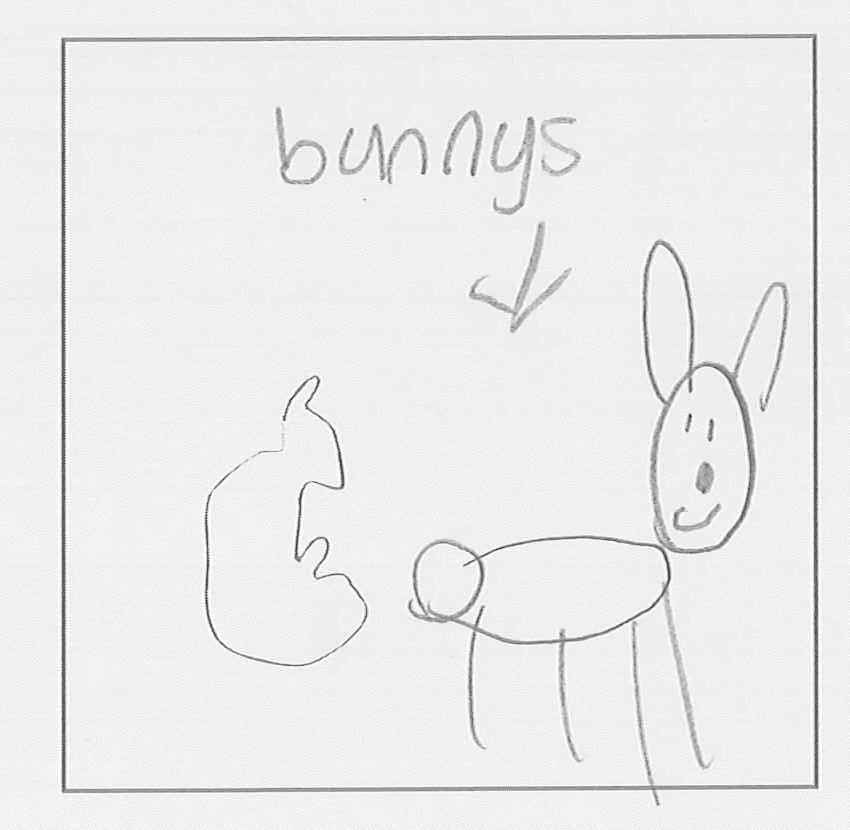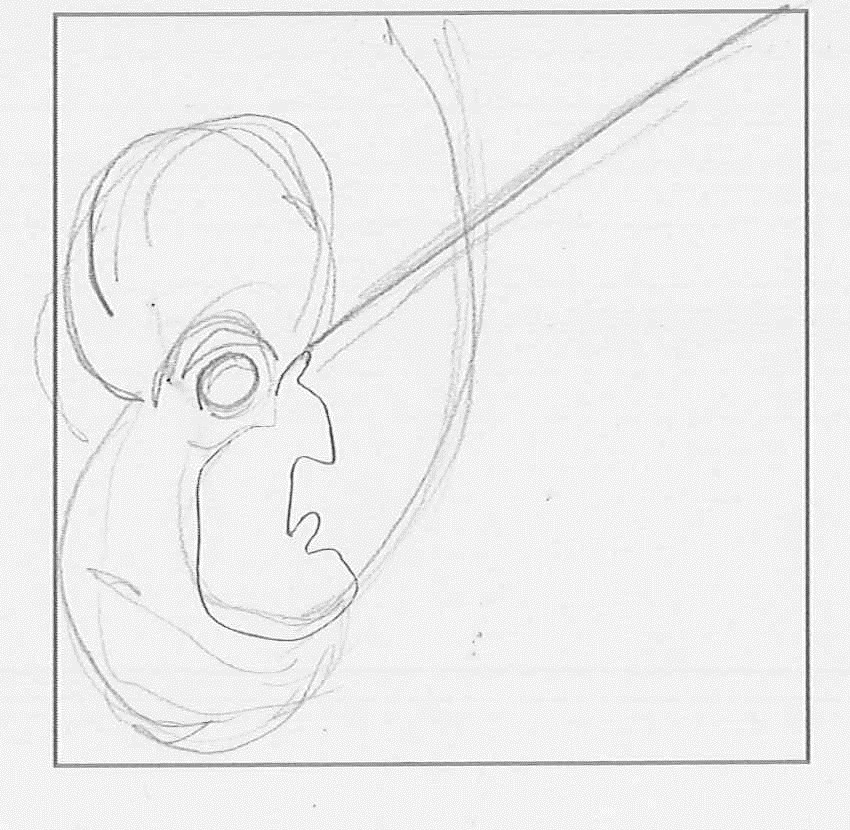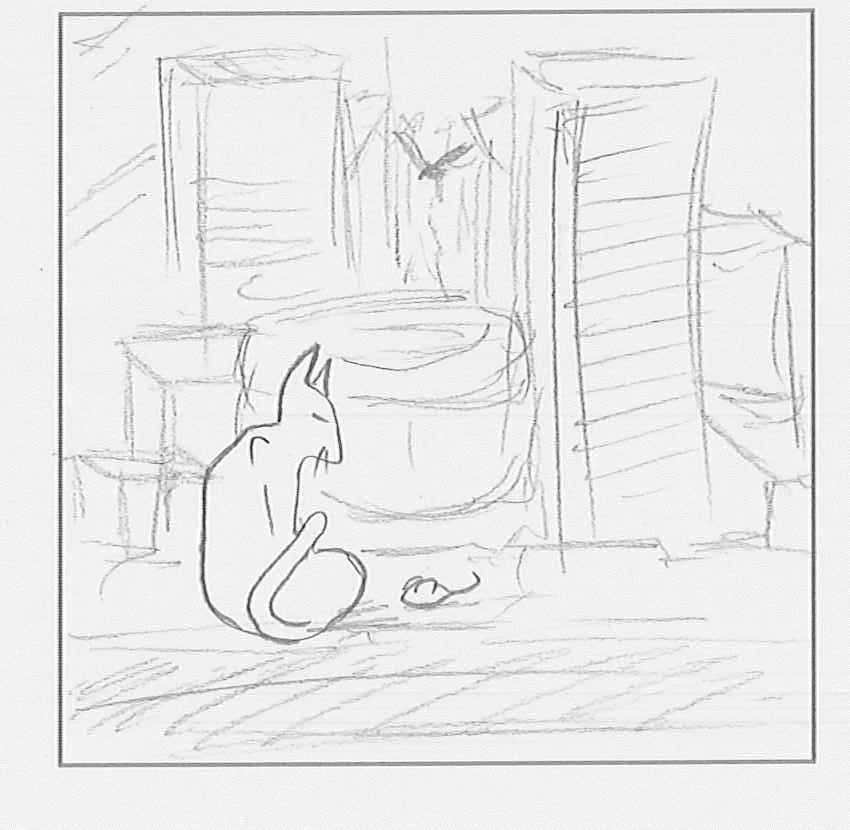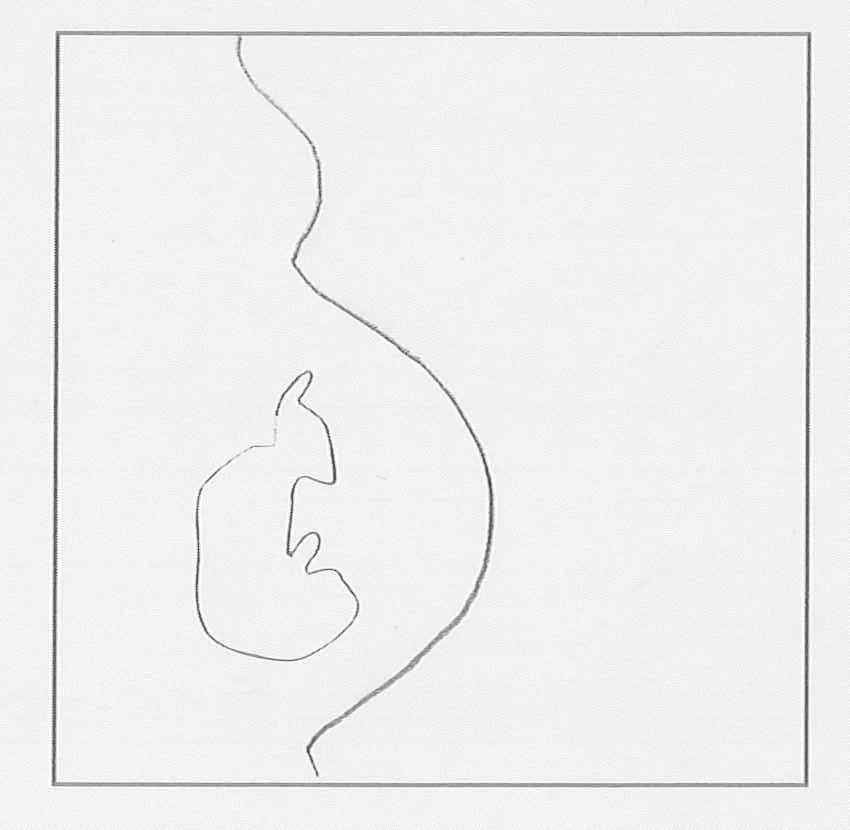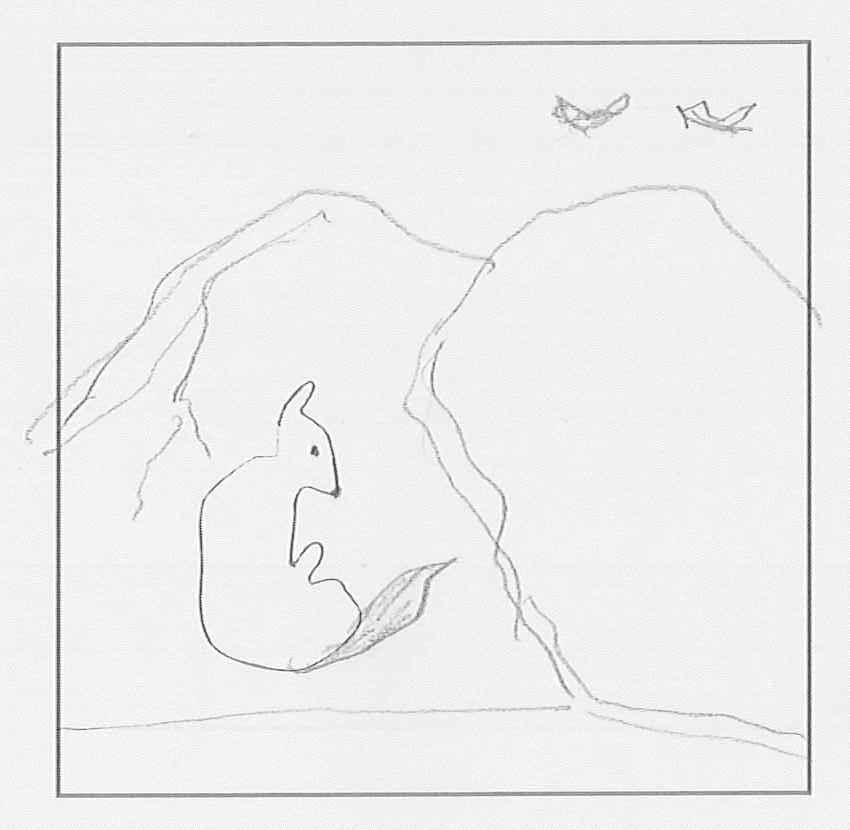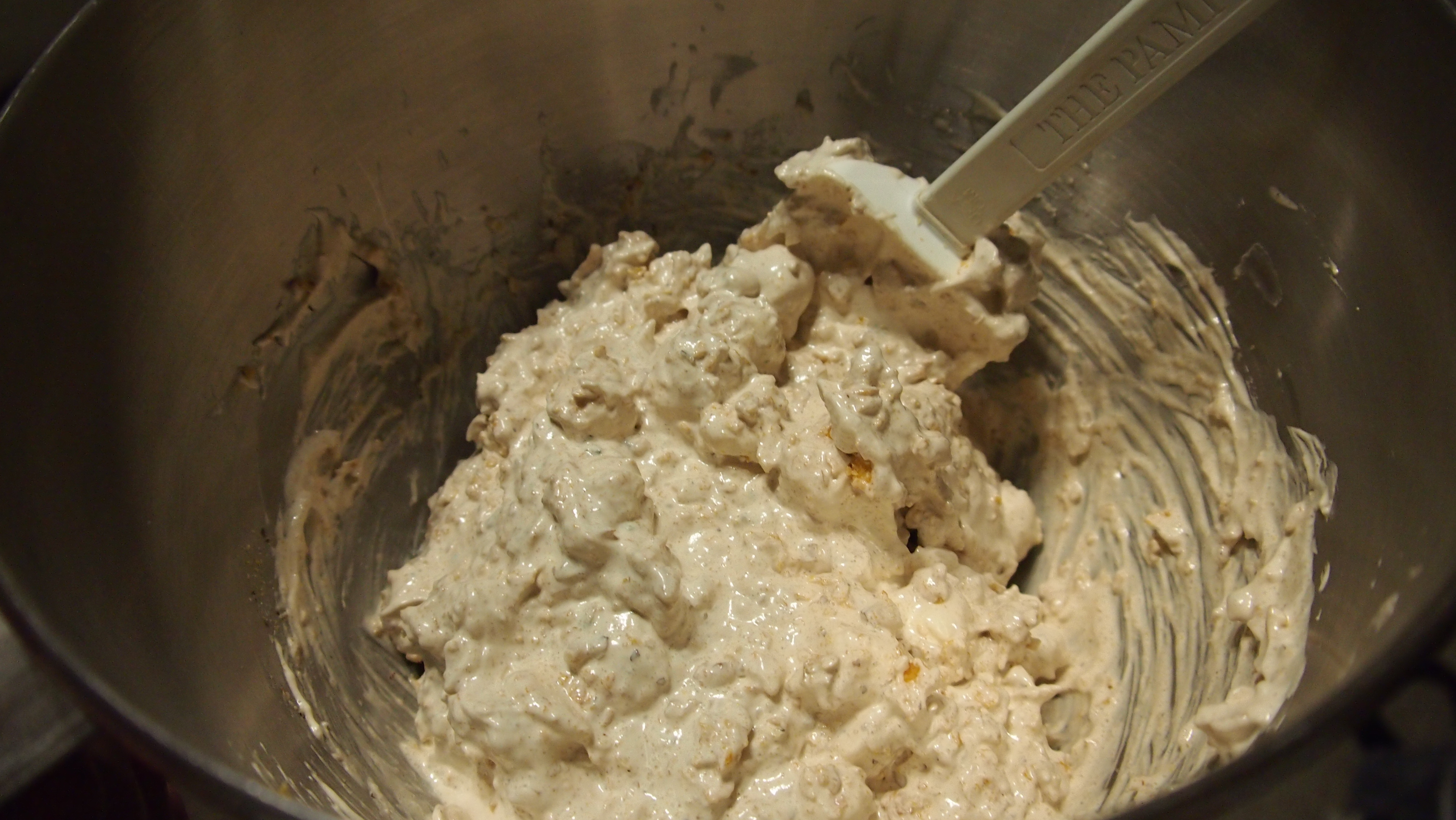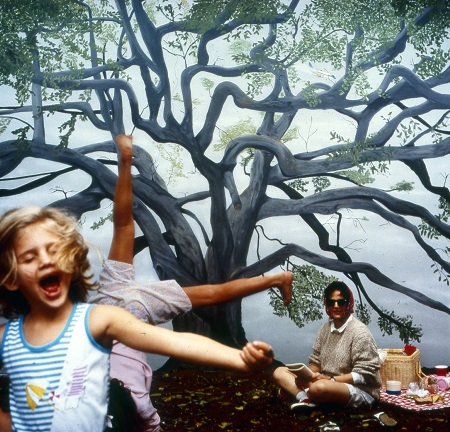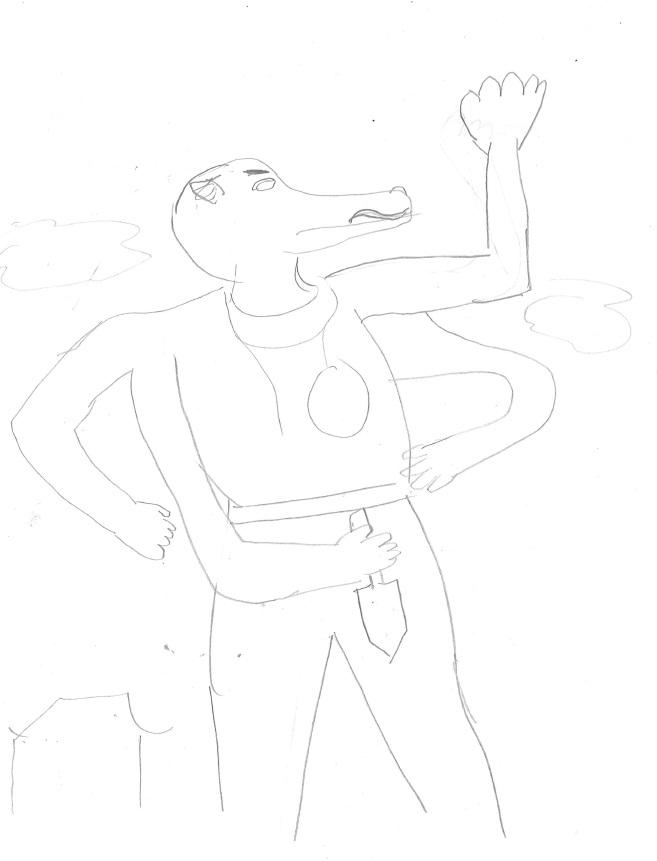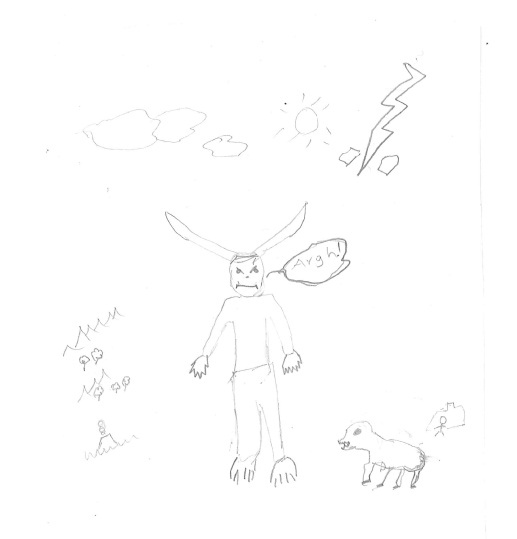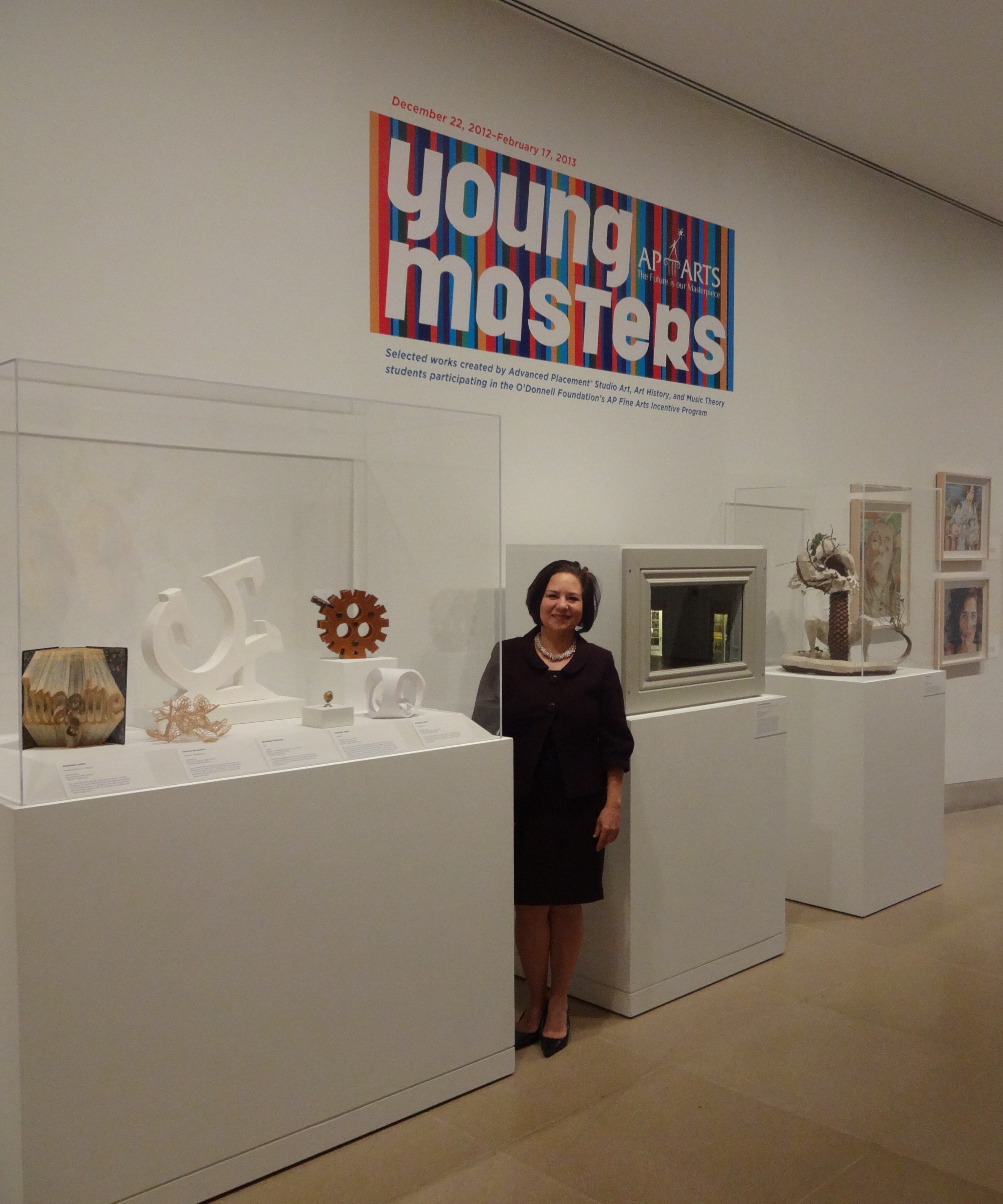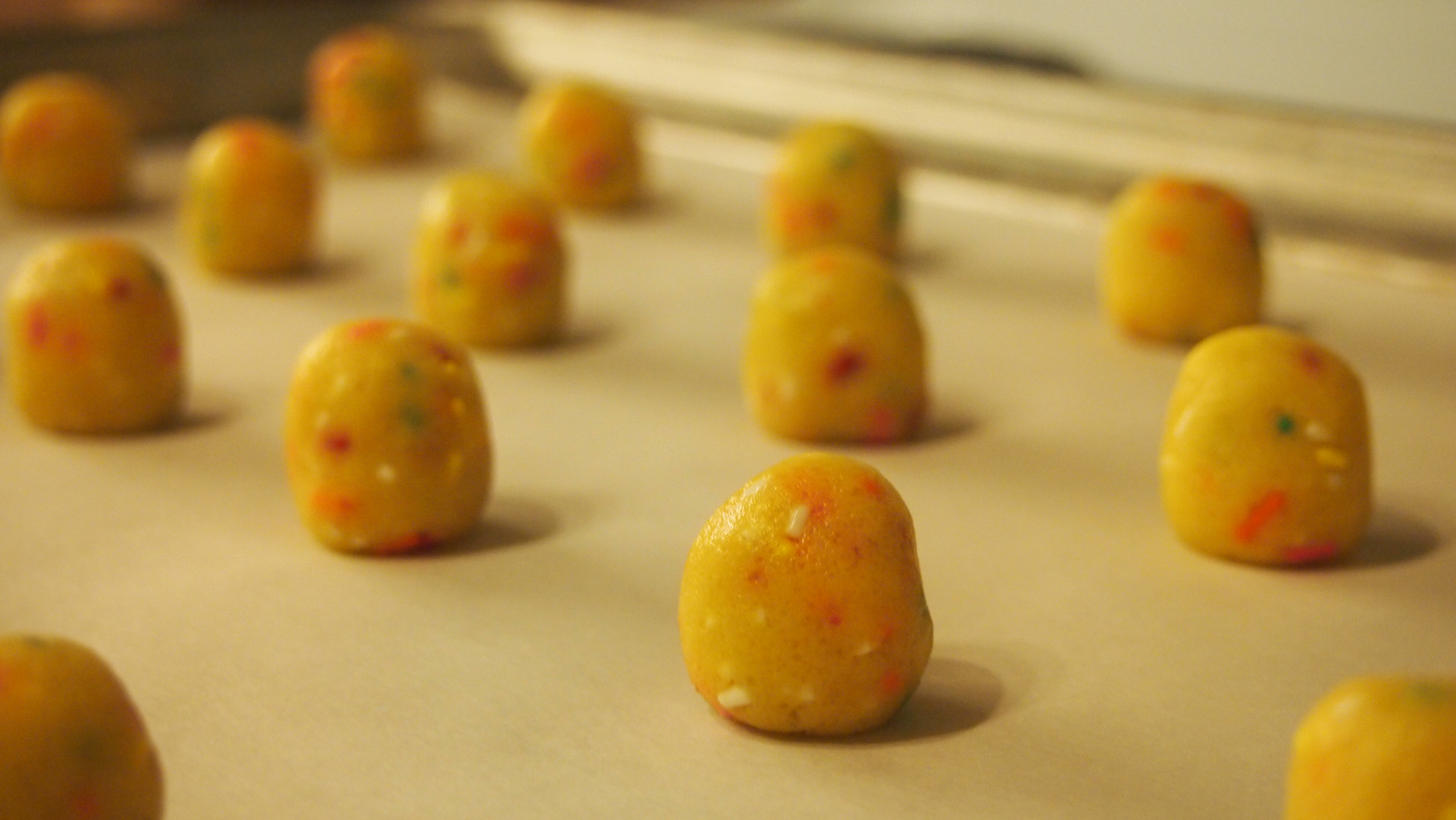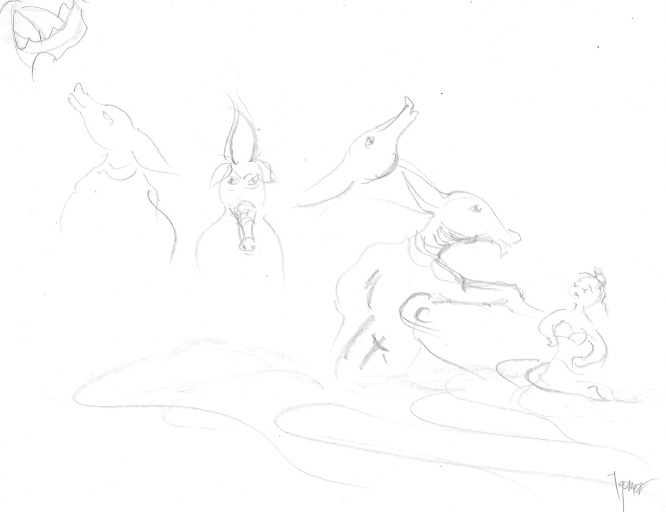When I visited Dallas for the first time, my number one must-see destination was The Sixth Floor Museum. I have been fascinated by the Kennedy family since I was nine years old, and I felt compelled to make a pilgrimage to Dealey Plaza and the former Texas School Book Depository. What I didn’t realize is that many Texans, including a large number of the DMA’s docents, have never been to The Sixth Floor Museum. That changed last week, when a group of docents and I ventured down to the West End to explore The Sixth Floor Museum as a group.
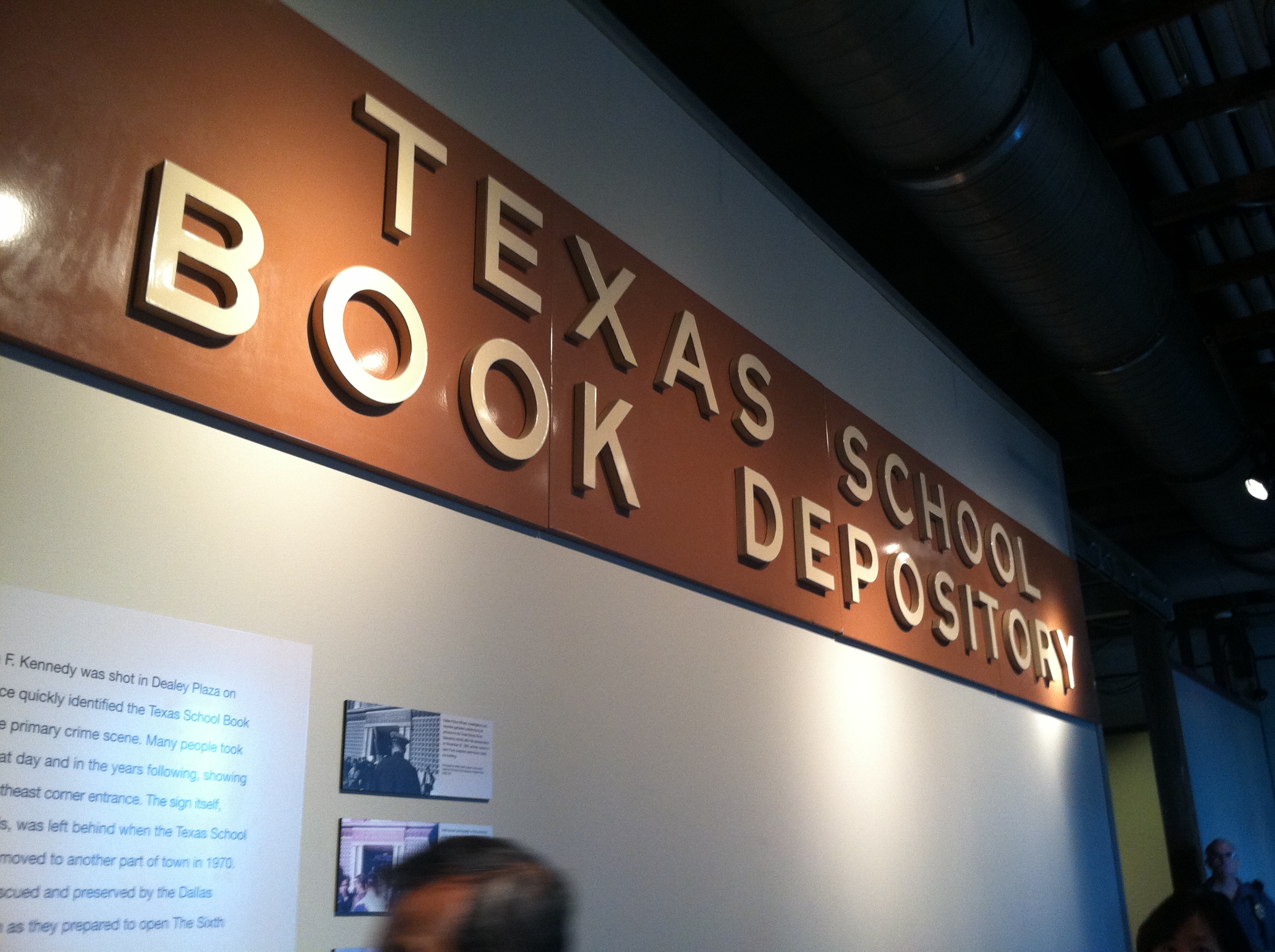
The original sign from the Texas School Book Depository on display at The Sixth Floor Museum
The timing for our field trip couldn’t have been better. Just last week, Hotel Texas: An Art Exhibition for the President and Mrs. John F. Kennedy opened at the DMA. This exhibition brings together thirteen of the sixteen artworks that were placed in Suite 850 at the Hotel Texas in Fort Worth. The President and Mrs. Kennedy slept in Suite 850 on November 21, 1963–the night before his fateful trip to Dallas. The original installation was created over the course of five days by a small group of art collectors in Fort Worth. Works by Picasso, van Gogh, Marsden Hartley, and Thomas Eakins decorated the suite’s living room and two bedrooms. The DMA is marking the anniversary of President Kennedy’s assassination by bringing these works back together for the first time in 50 years.
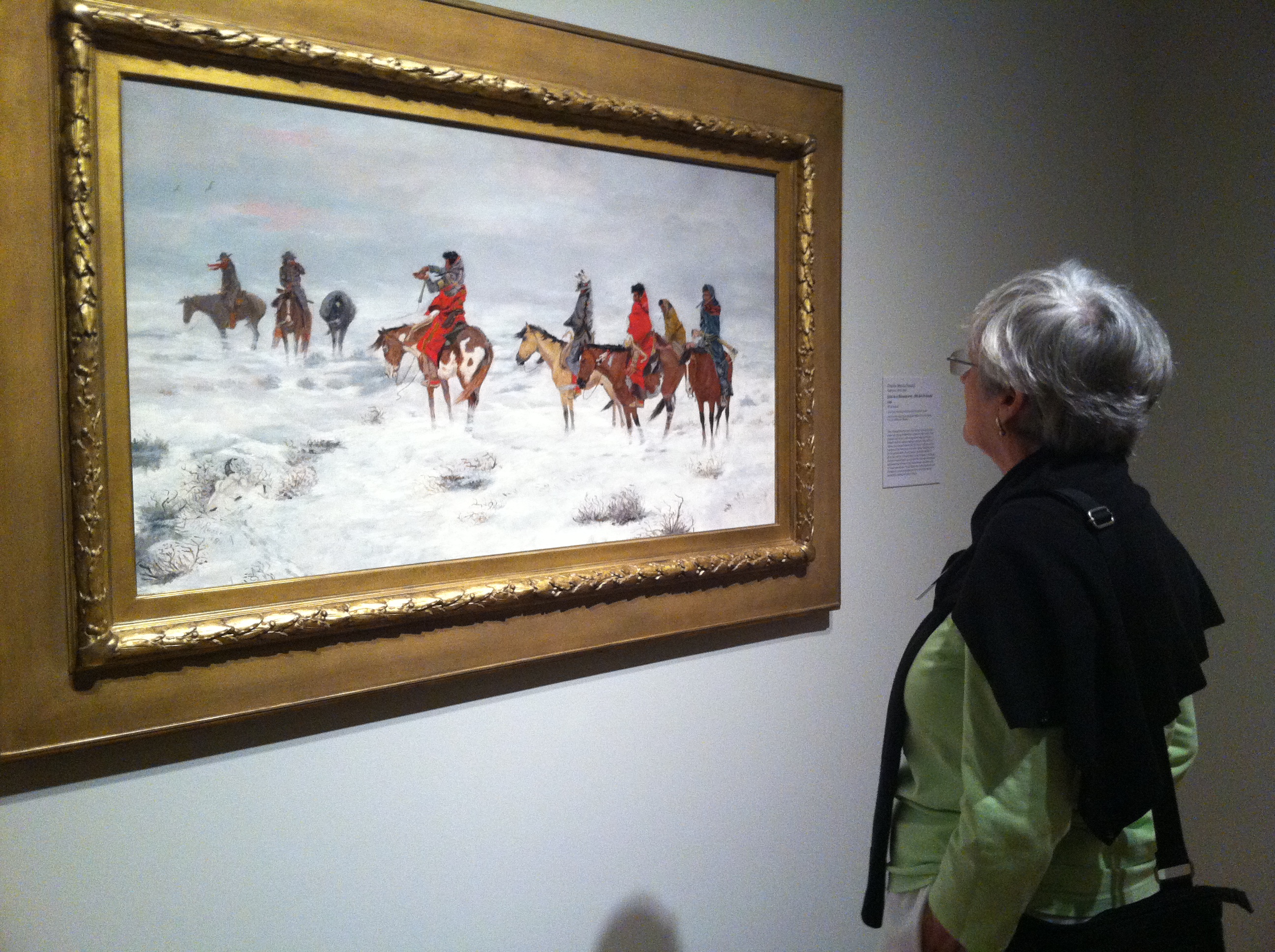
Docent Judy Butts examines Charles Marion Russell’s Lost in a Snowstorm
The docents and I explored Hotel Texas together before traveling down to The Sixth Floor Museum. Once we were there, we were greeted by the museum’s chief curator, Gary Mack. Gary spoke with us about his time at The Sixth Floor Museum, including his role in curating the museum’s main exhibition: John F. Kennedy and the Memory of a Nation. After speaking with Gary, we were free to explore the museum at our own pace. This was my fifth visit to The Sixth Floor Museum, and every visit is powerful and moving. This visit was even more special, though, as I listened to the docents share their memories of where they were on November 22, 1963.

Sharron Conrad and Gary Mack speak with the DMA’s docents at The Sixth Floor Museum
For those of you who participate in DMA Friends, we have launched a new JFK Badge in conjunction with the Hotel Texas exhibition. To receive this badge, you only need to visit The Sixth Floor Museum and the Hotel Texas exhibit at the DMA. Show your ticket stub from The Sixth Floor Museum to our Visitor Services Staff to receive the code. We hope to encourage our Friends and visitors to take this unique opportunity to gain a better understanding of history through these exhibitions.
The DMA and The Sixth Floor Museum have also teamed up to offer a special experience just for teachers during a full-day Teacher Workshop on Thursday, June 27th. The Kennedys in Texas: The Art and History of November 22, 1963 will begin at the DMA in the Hotel Texas exhibition. After breaking for lunch, we’ll spend the afternoon at The Sixth Floor Museum. Registration is now available online–just select “Teacher Programs” to sign up. We hope to see you there!
Shannon Karol
Manager of Docent and Teacher Programs

